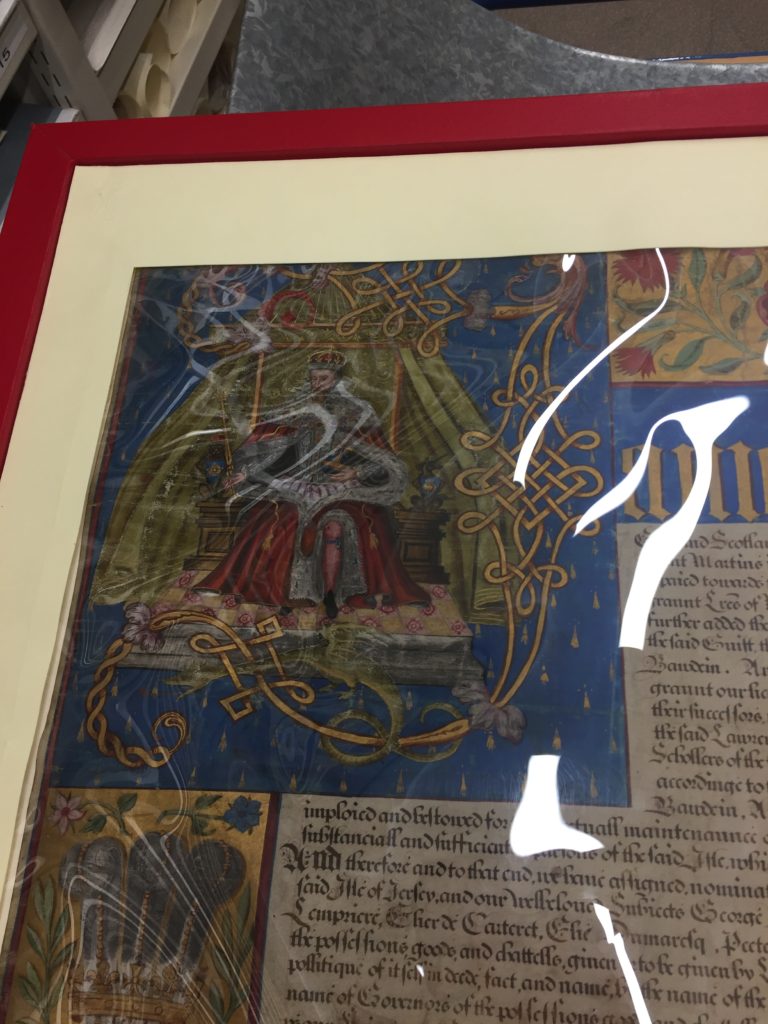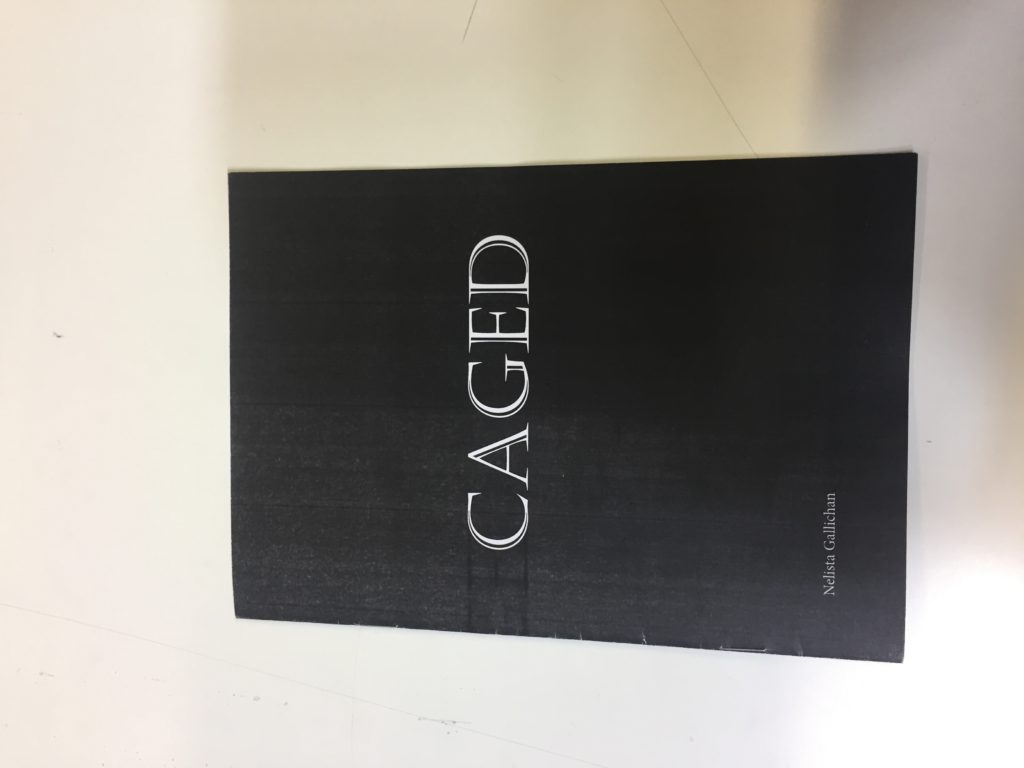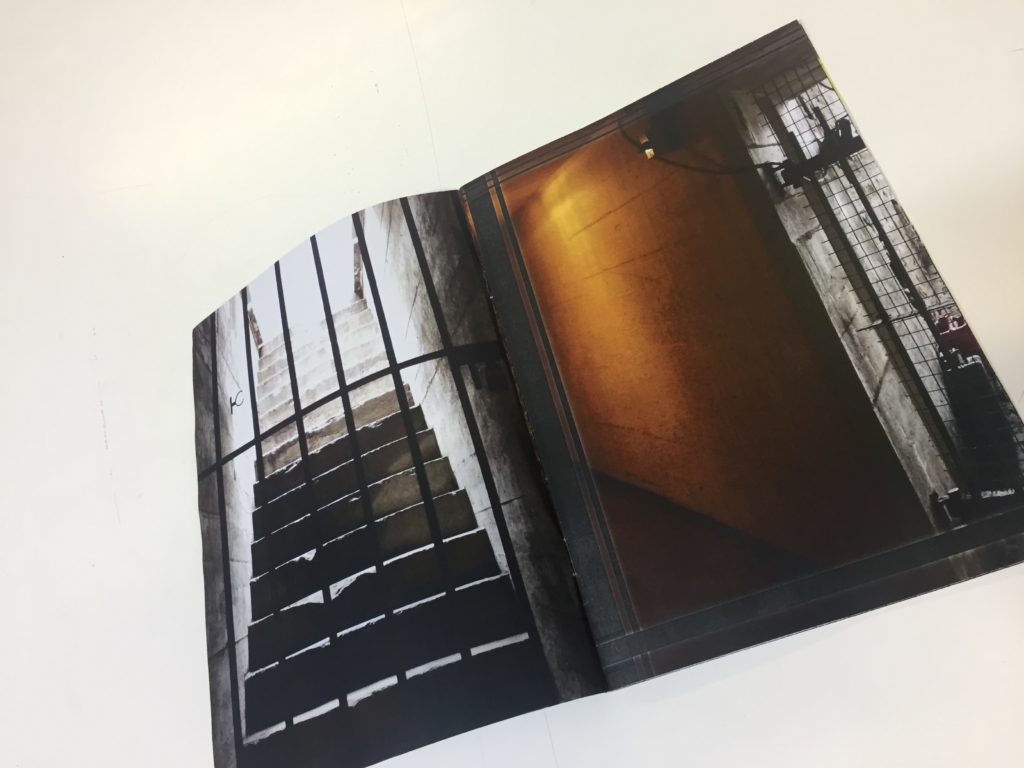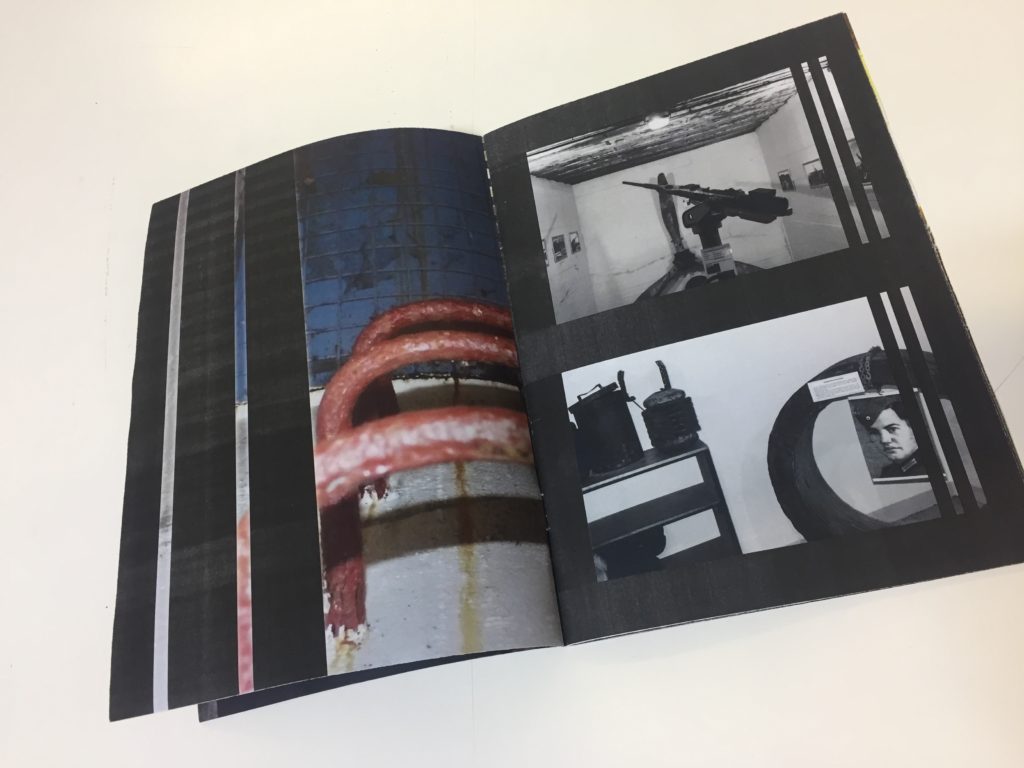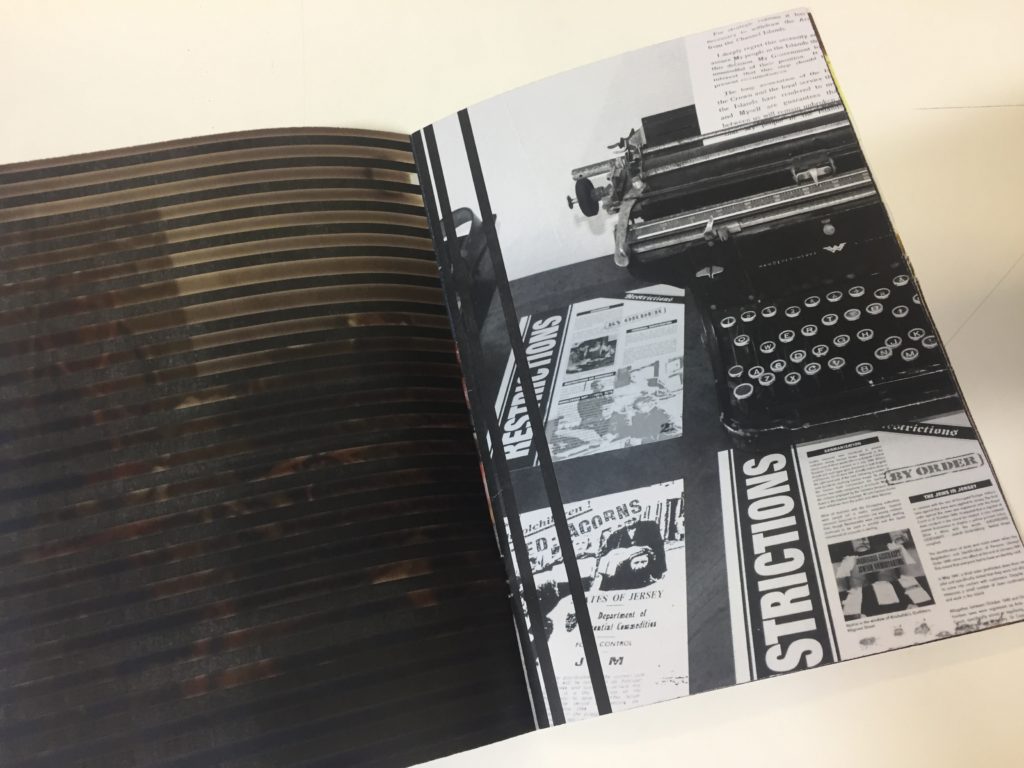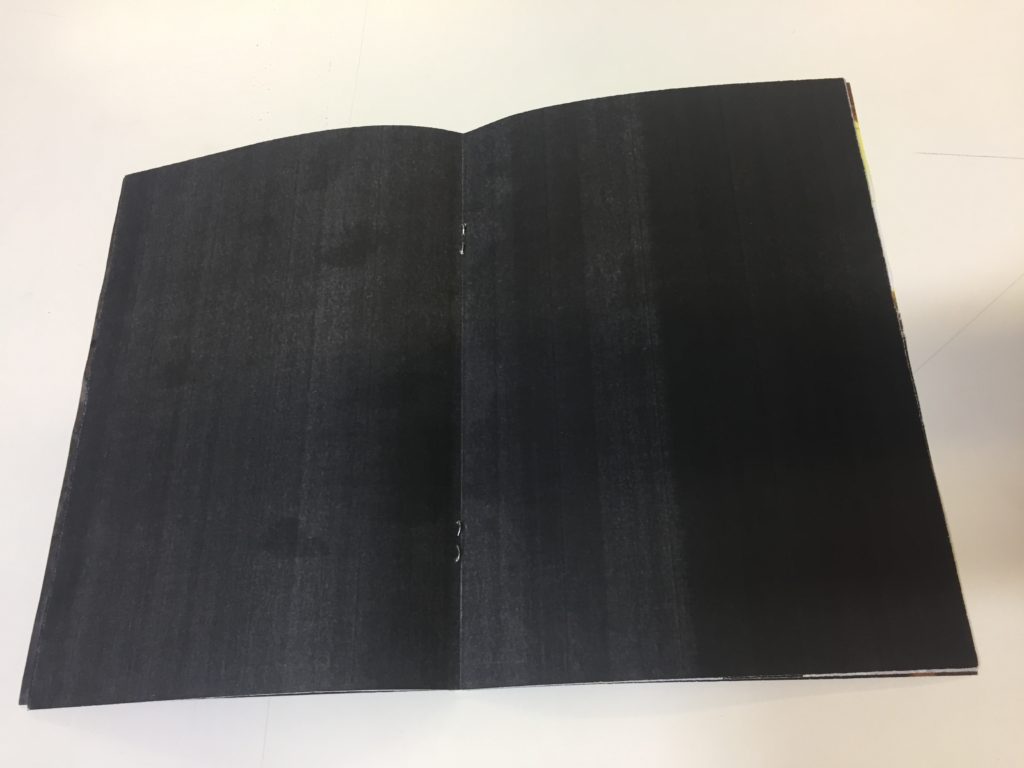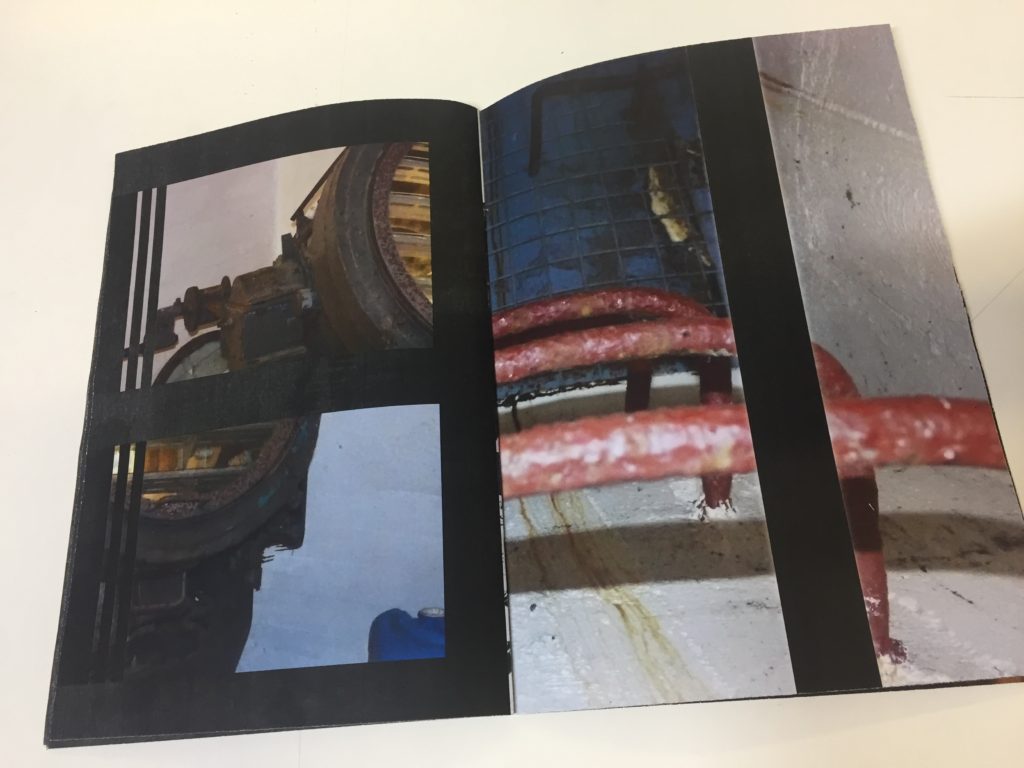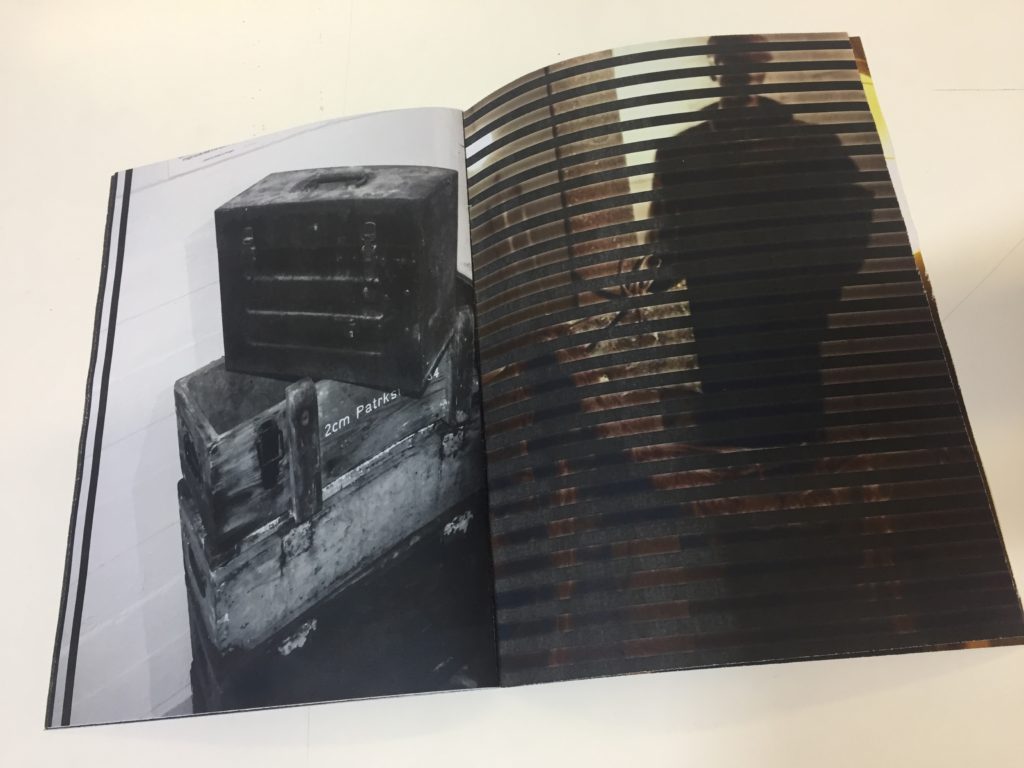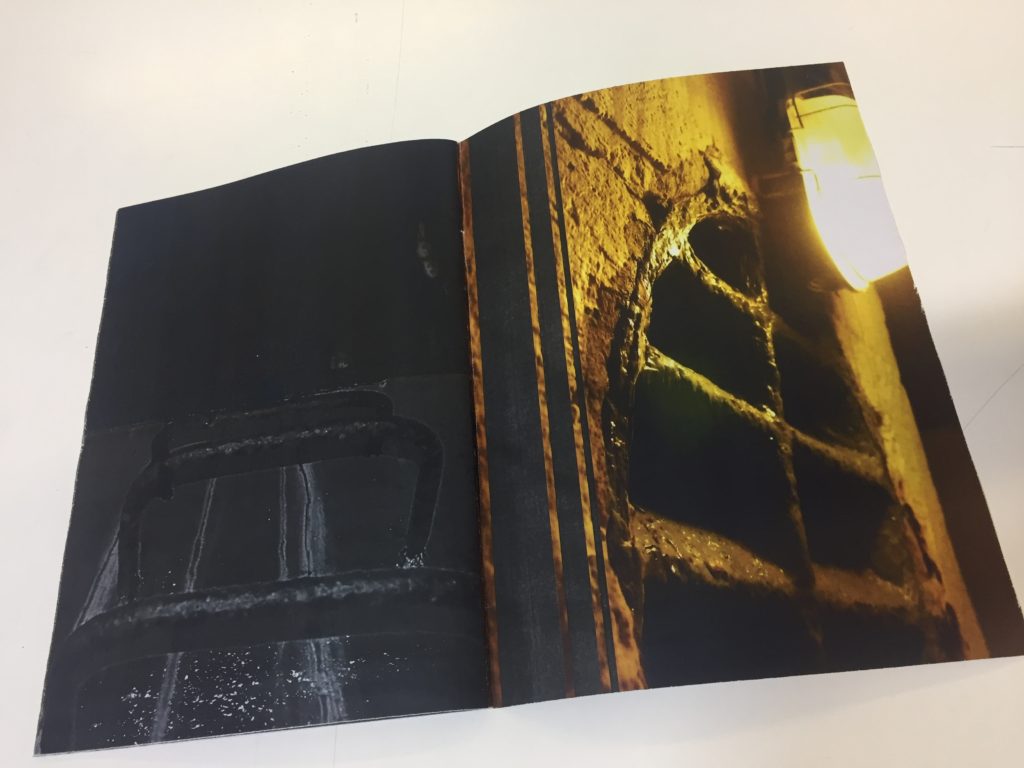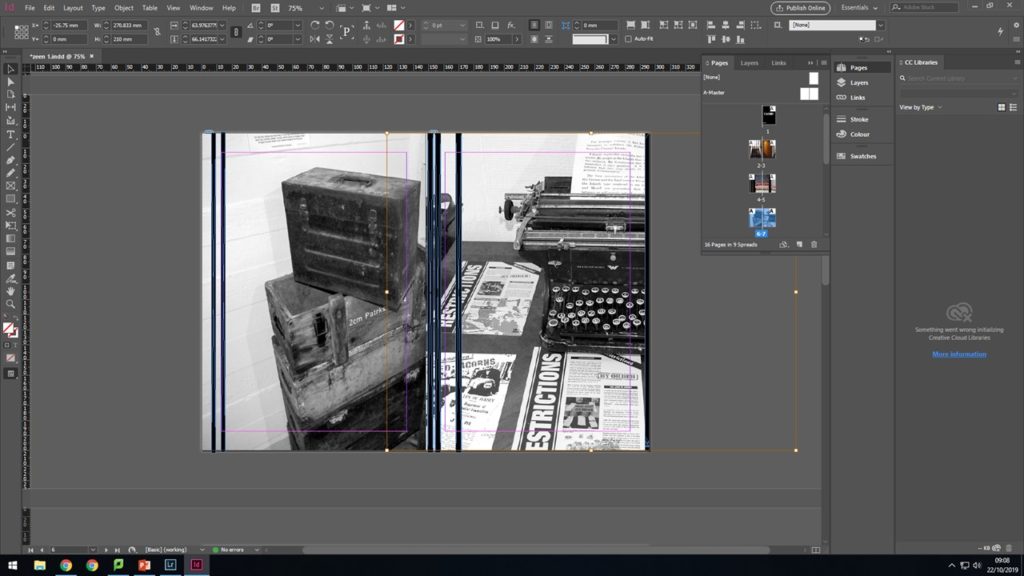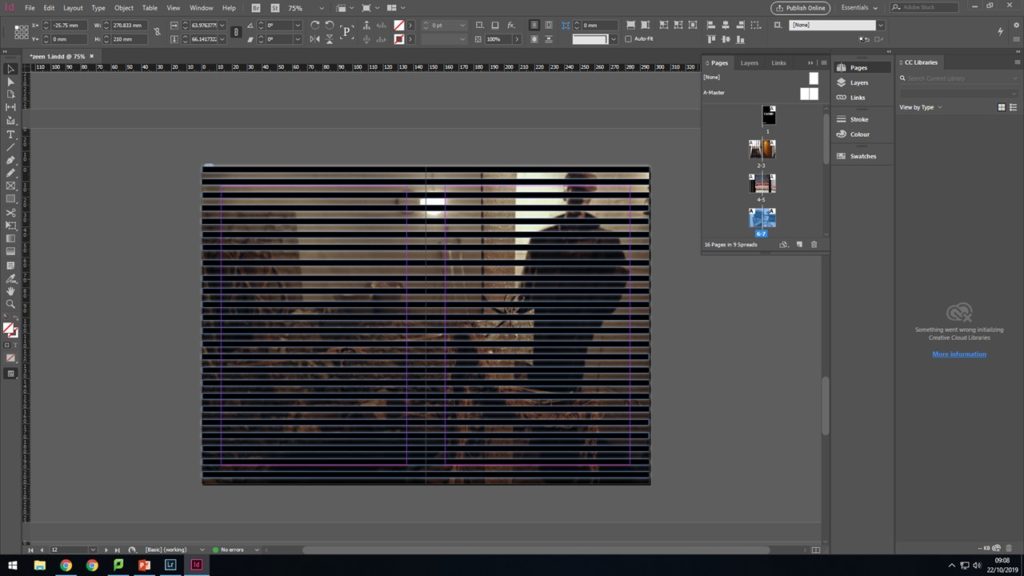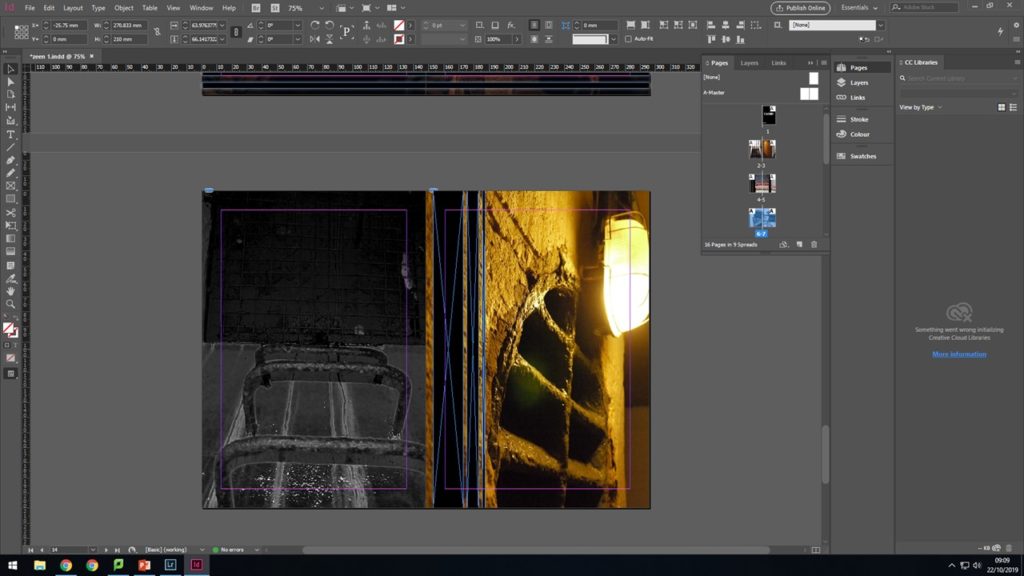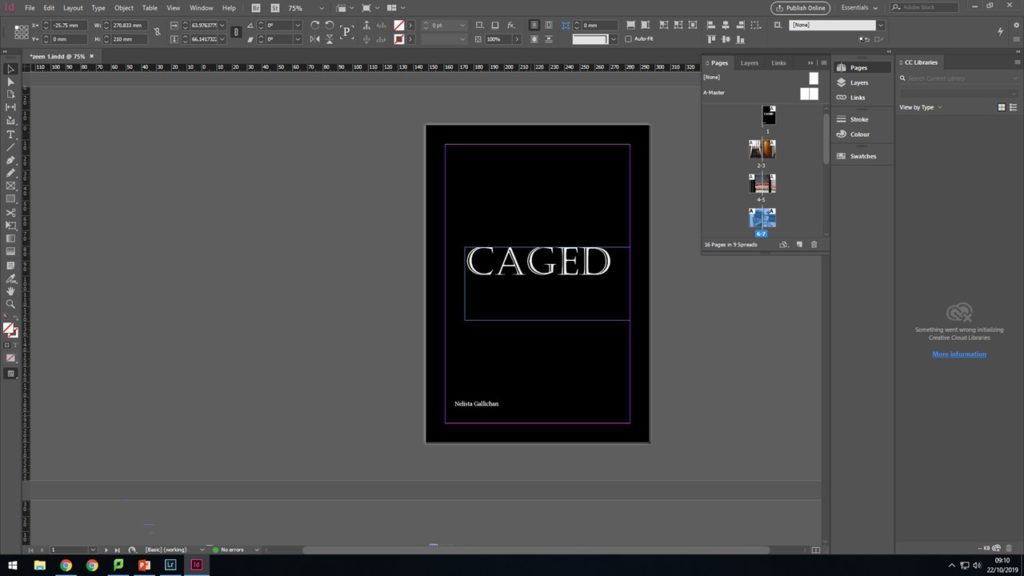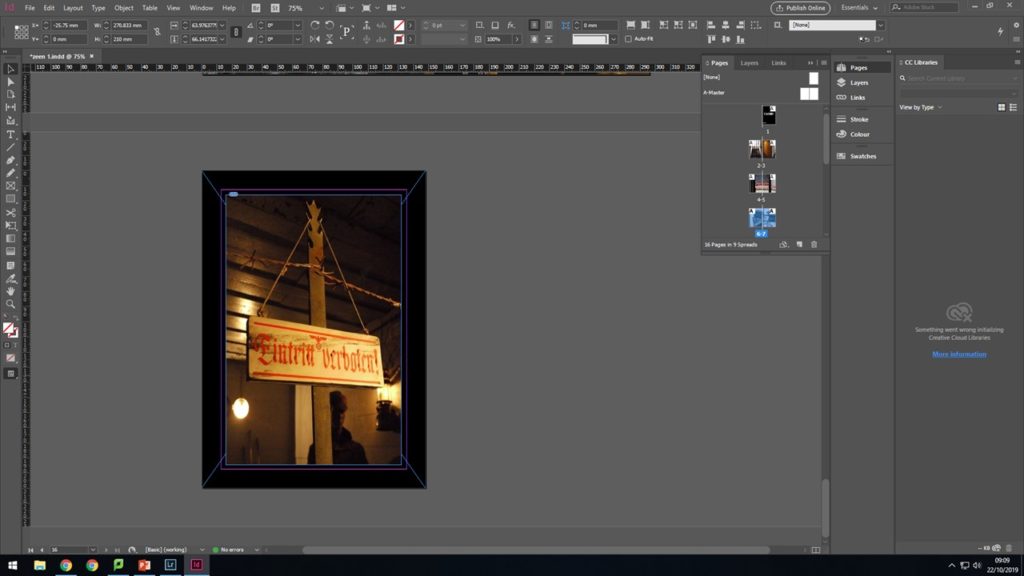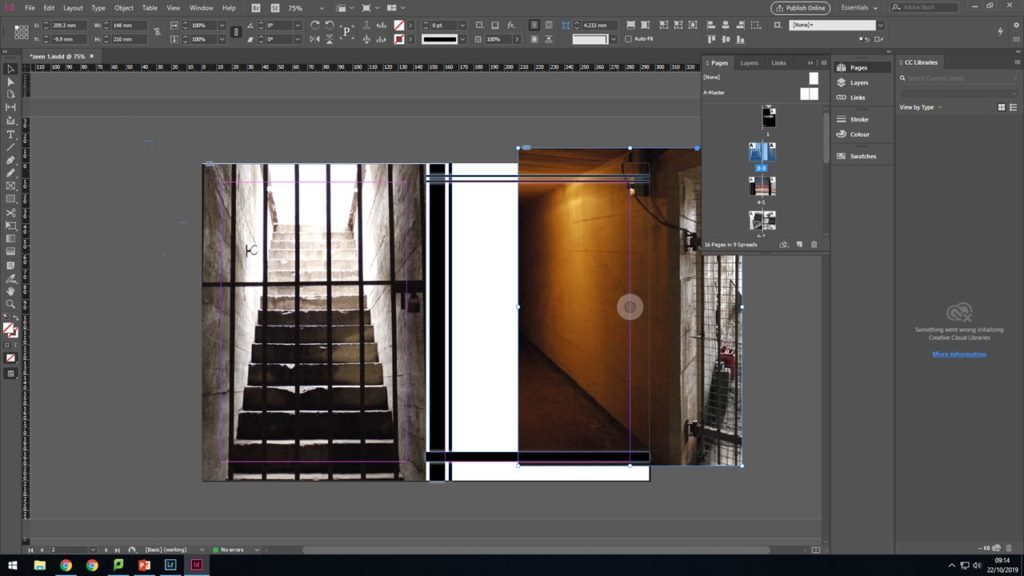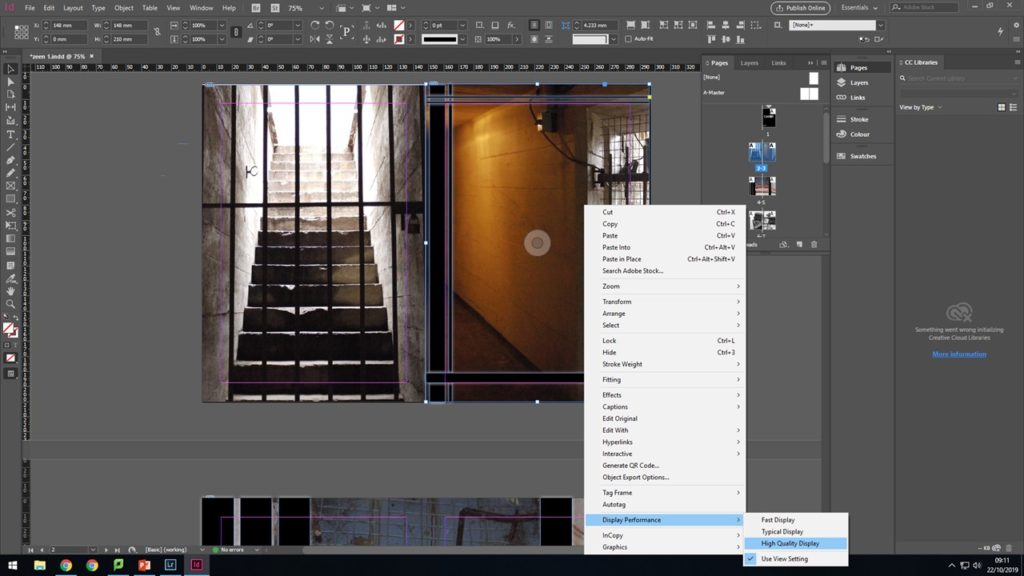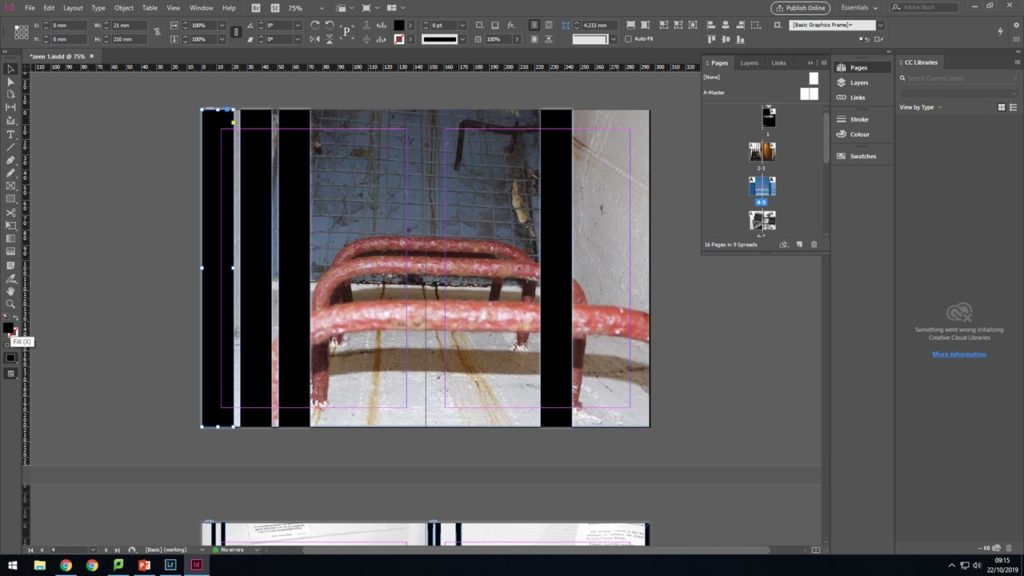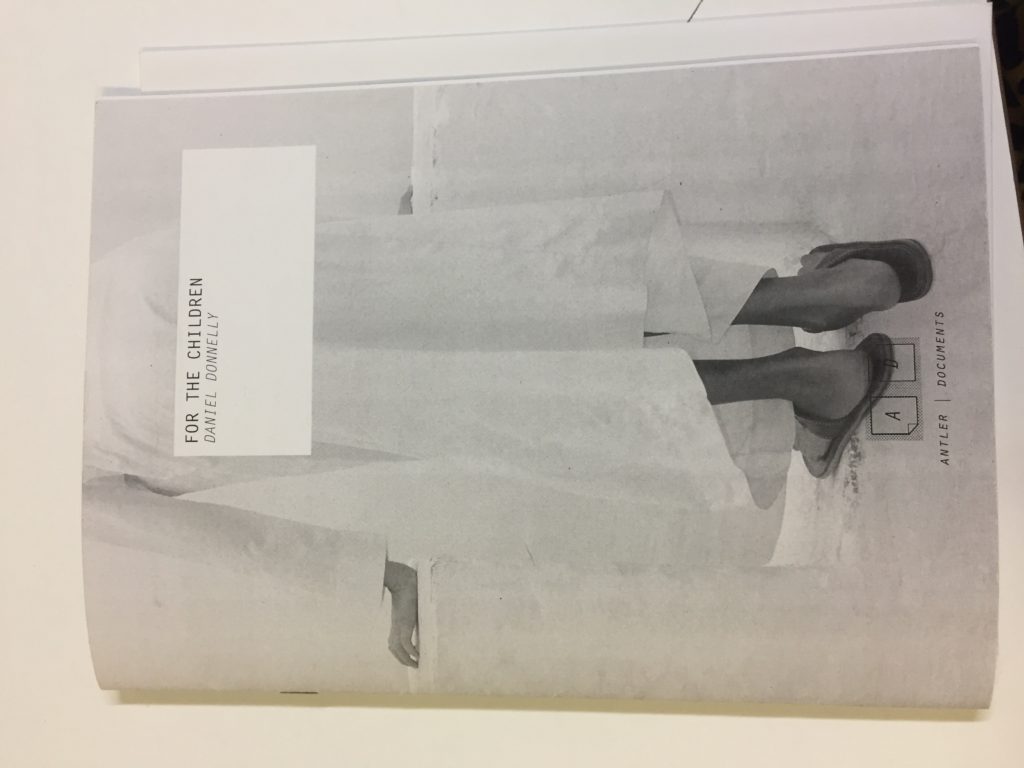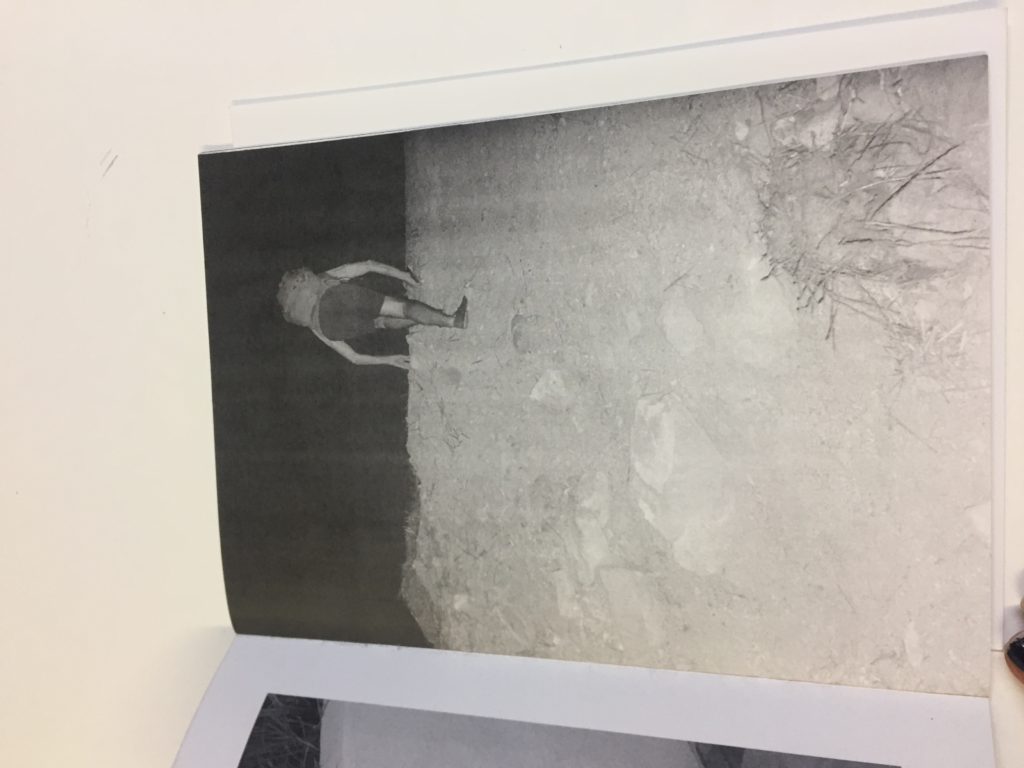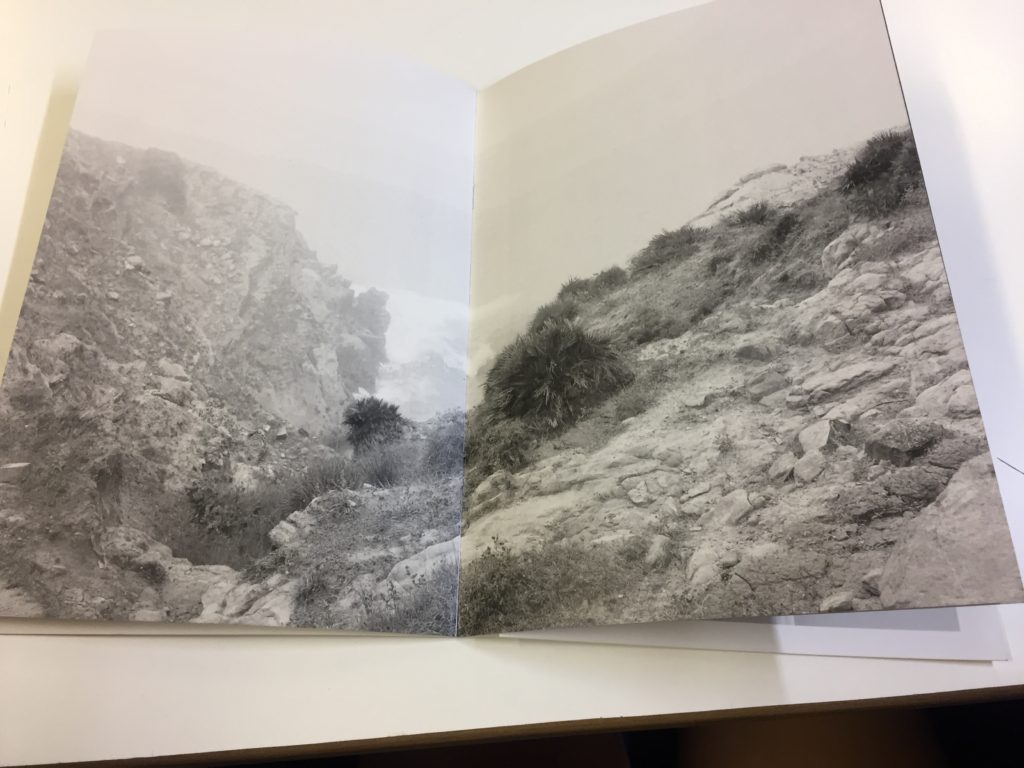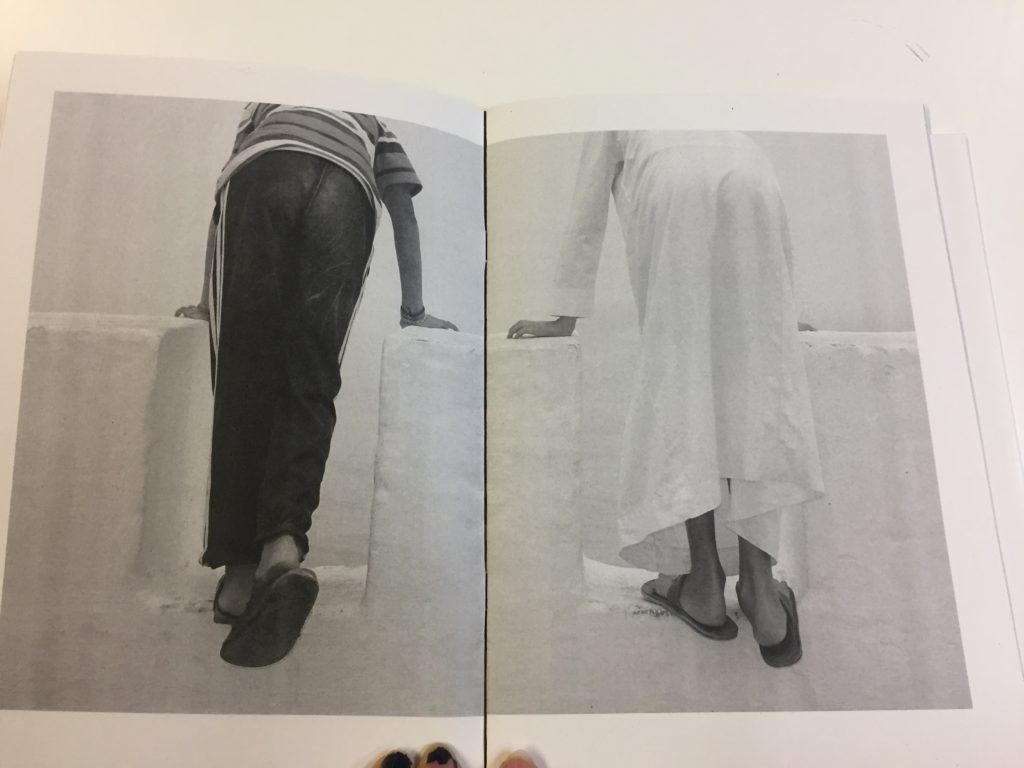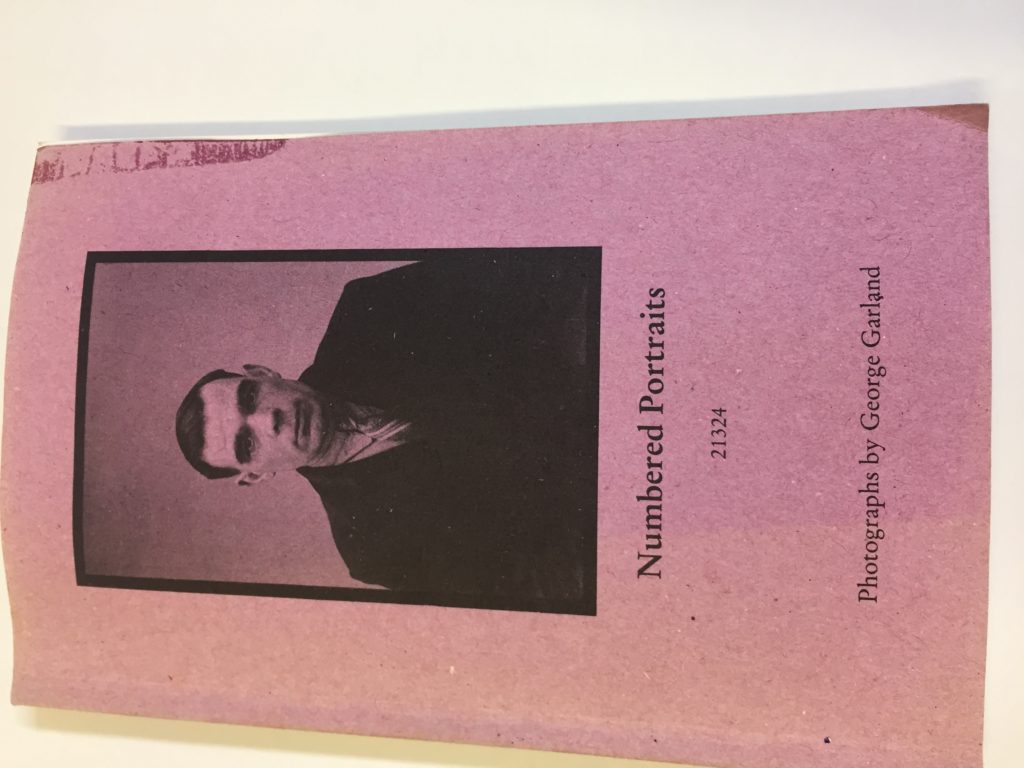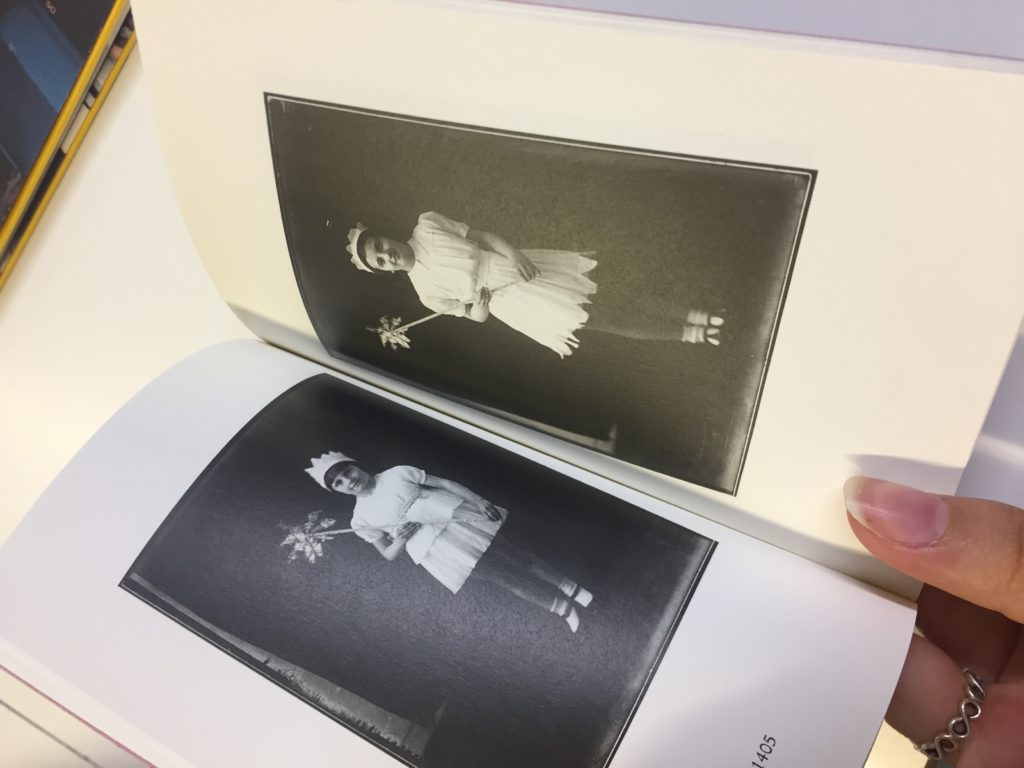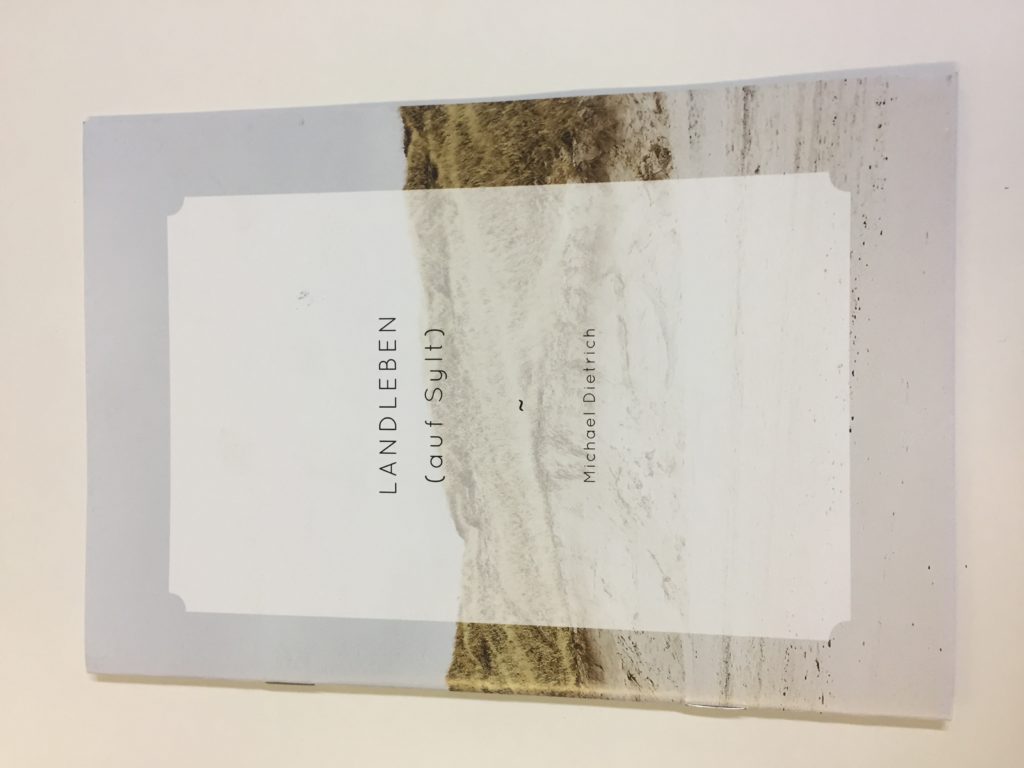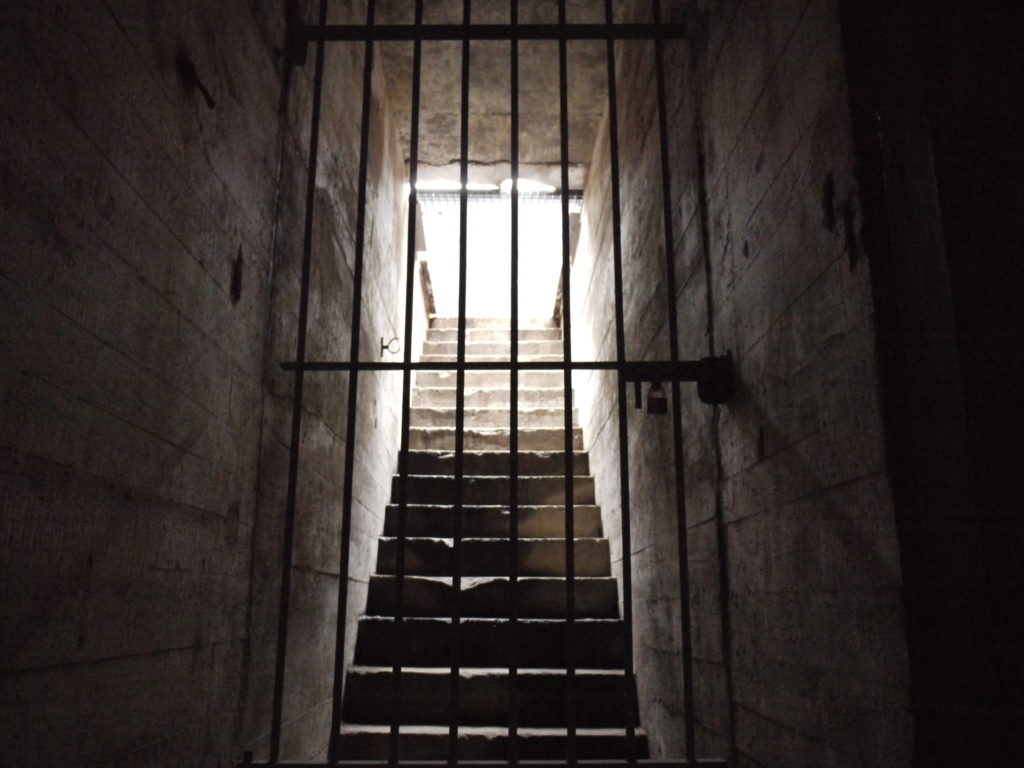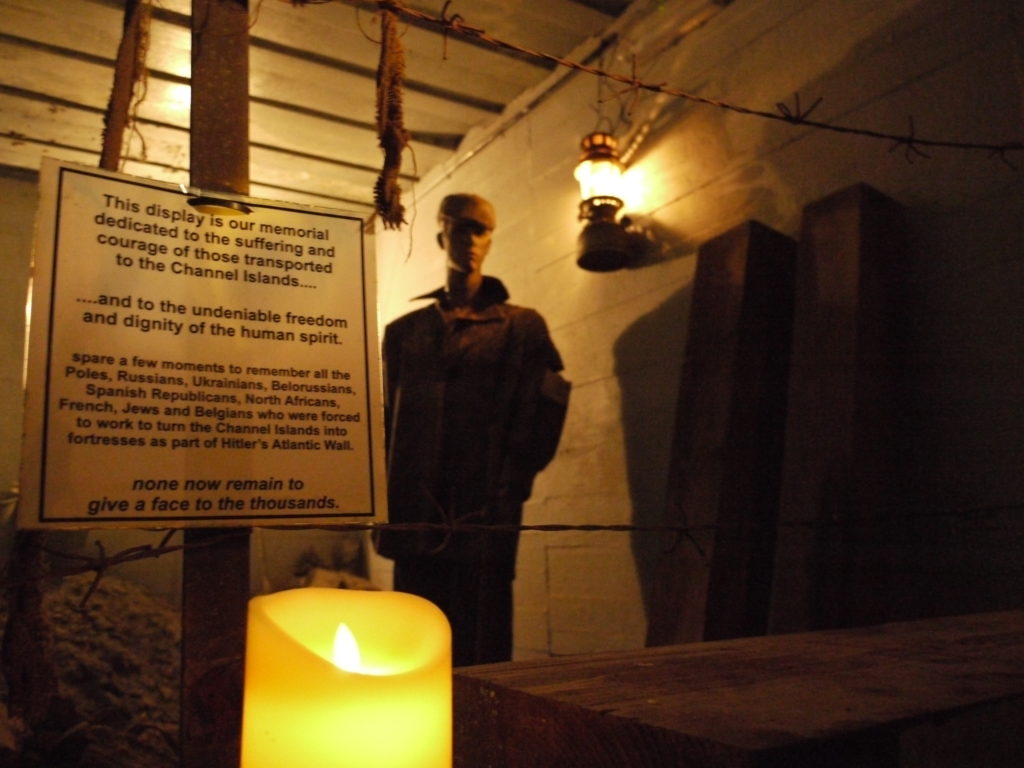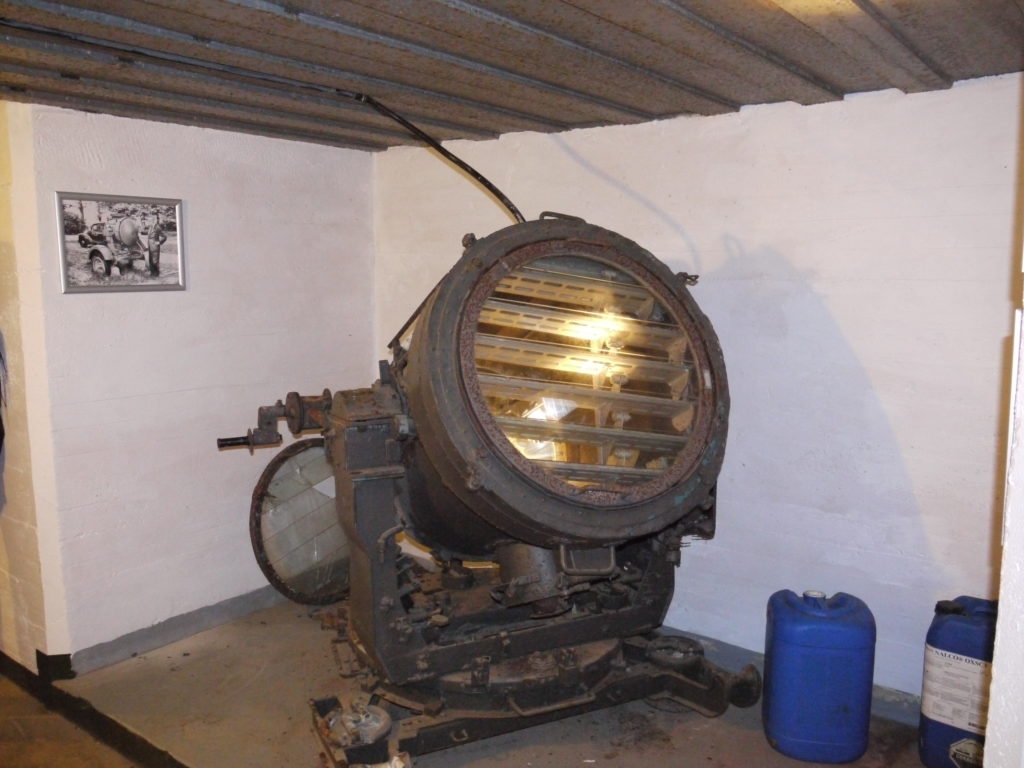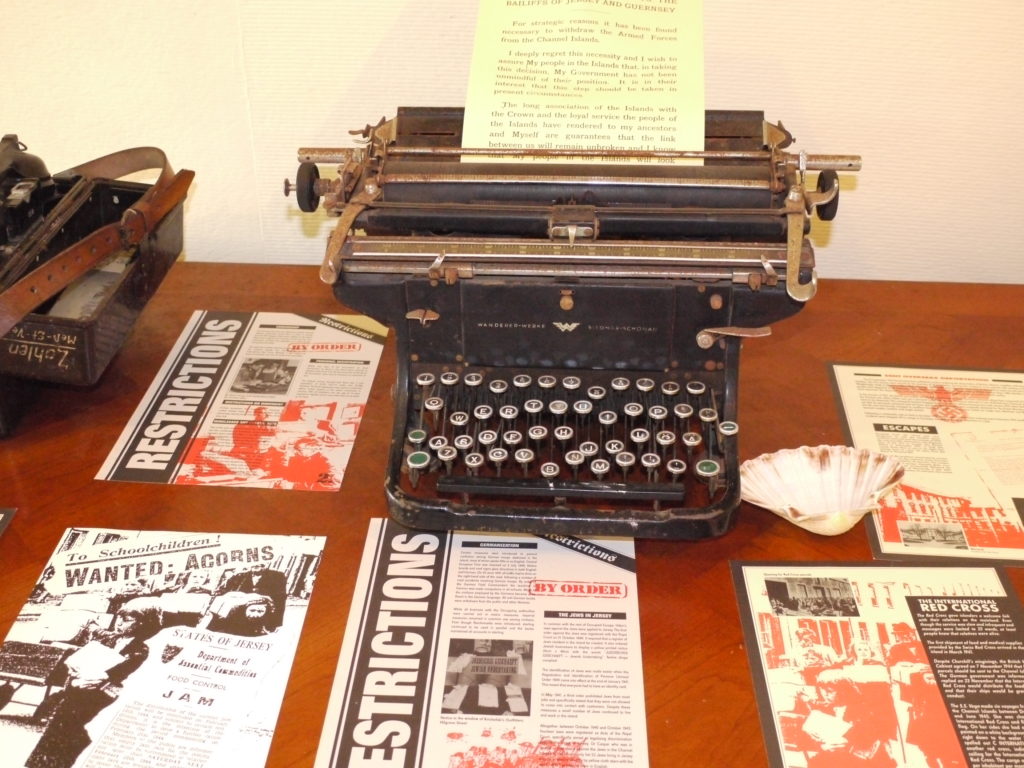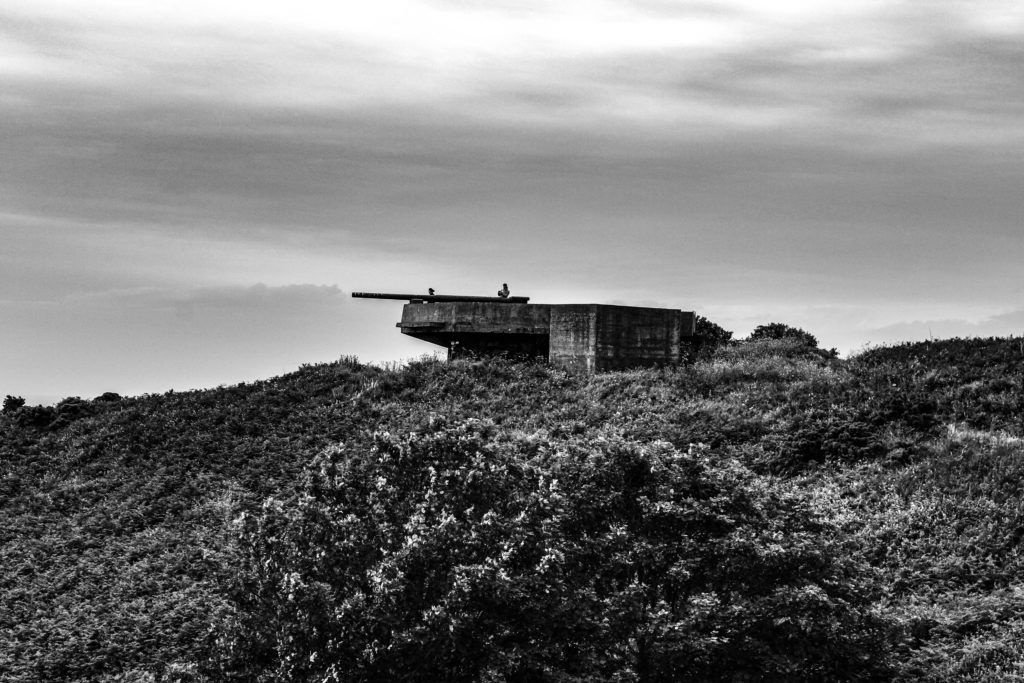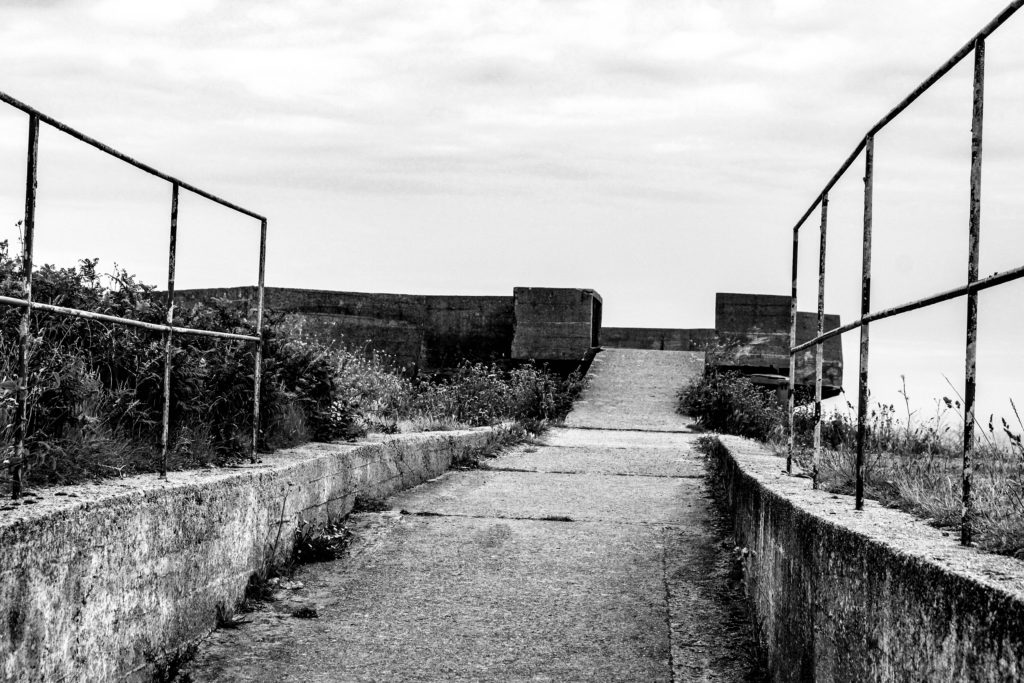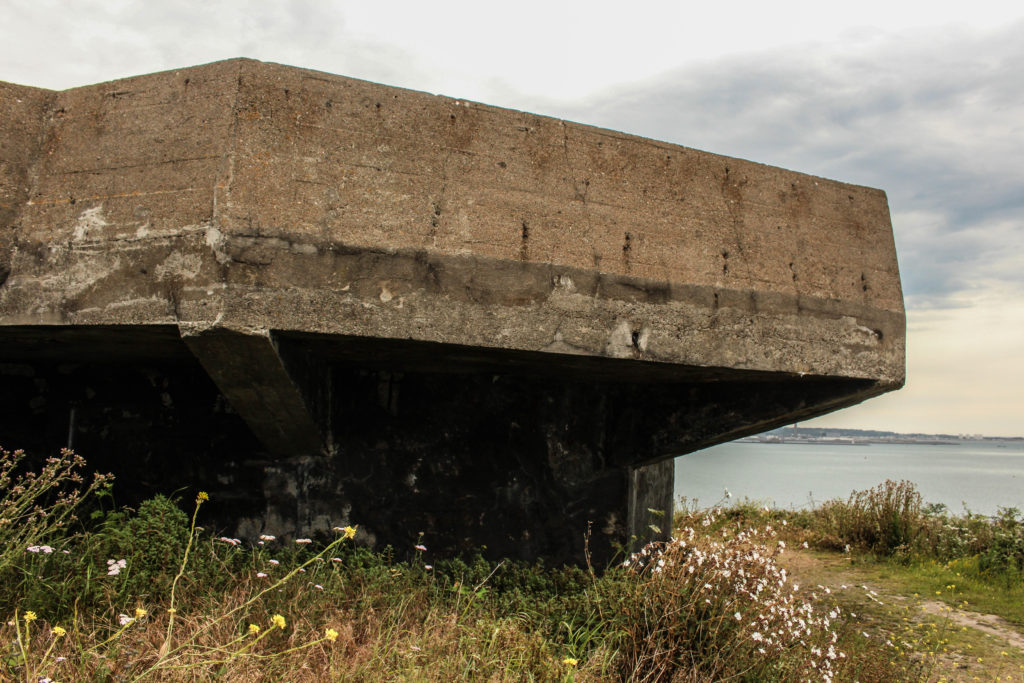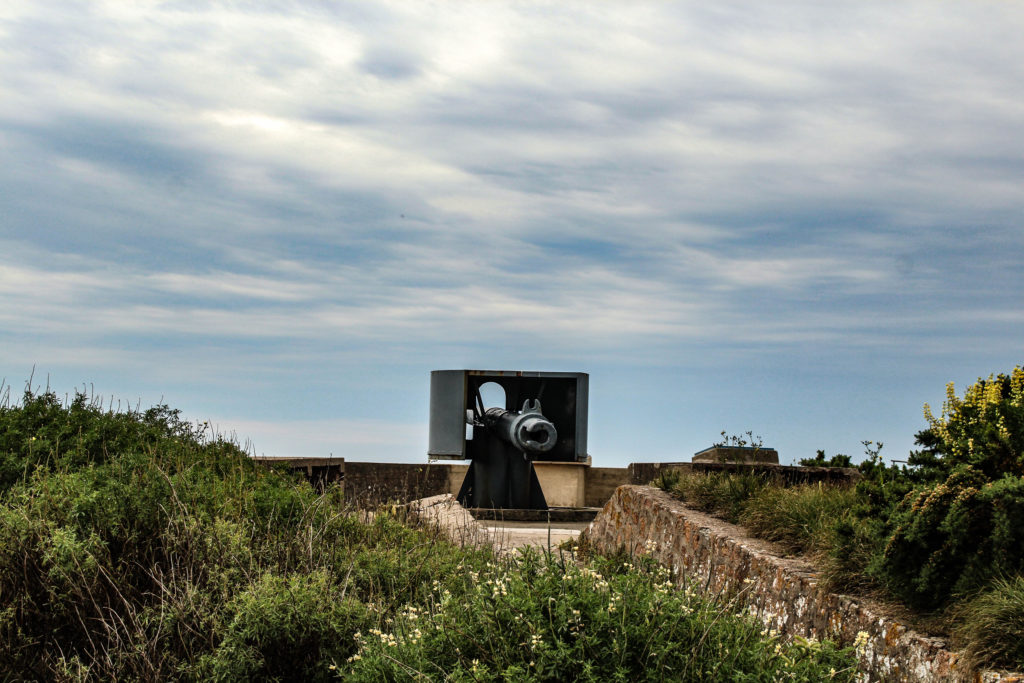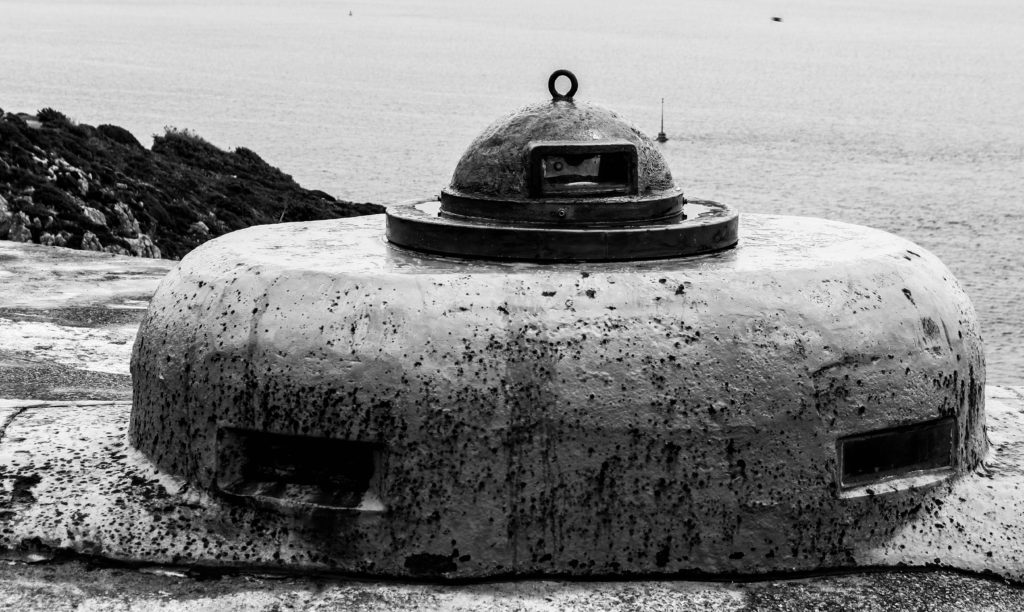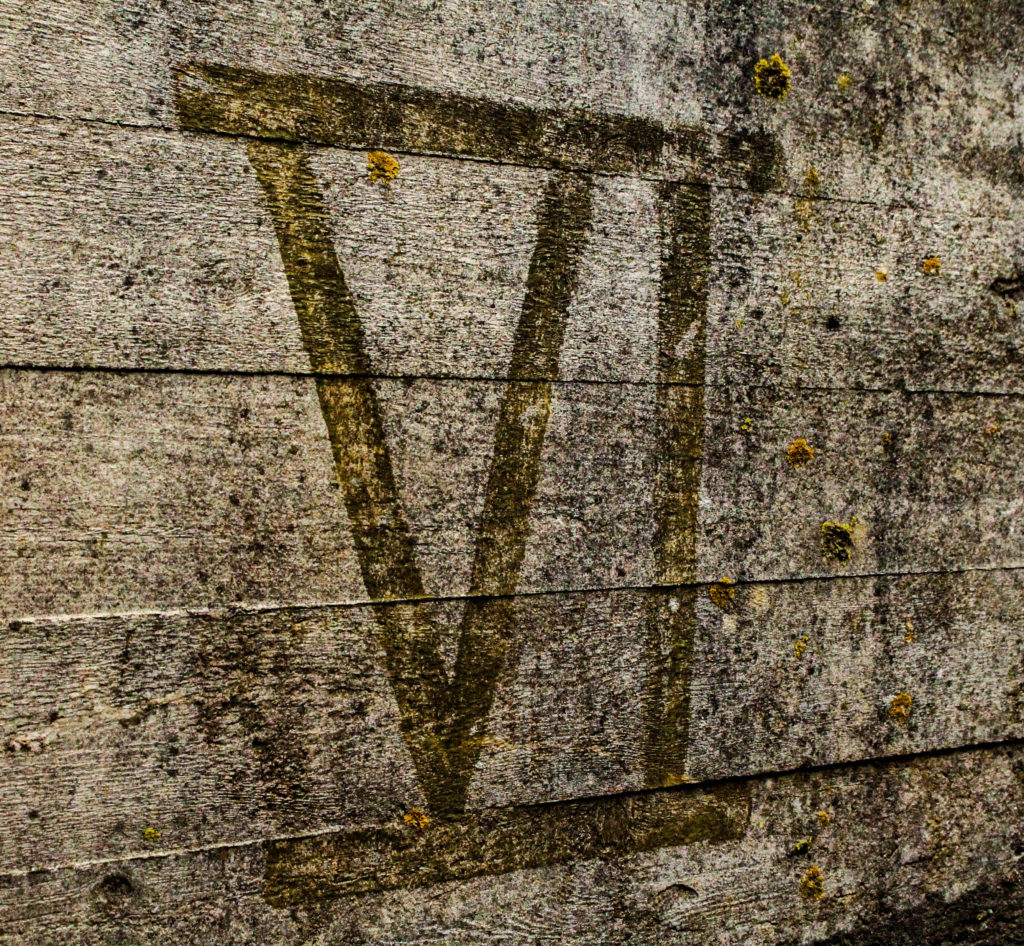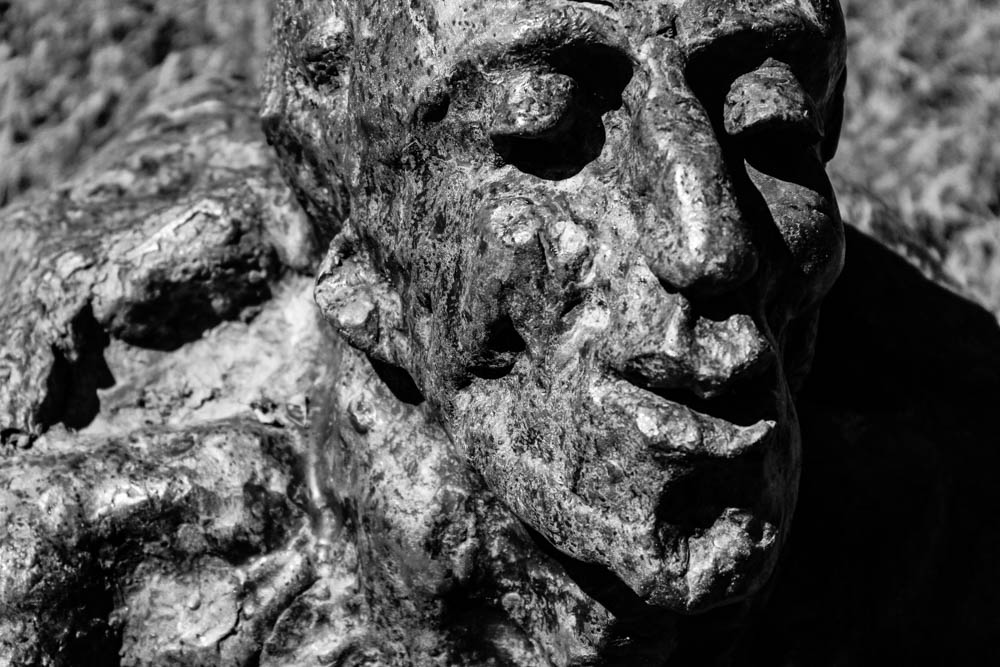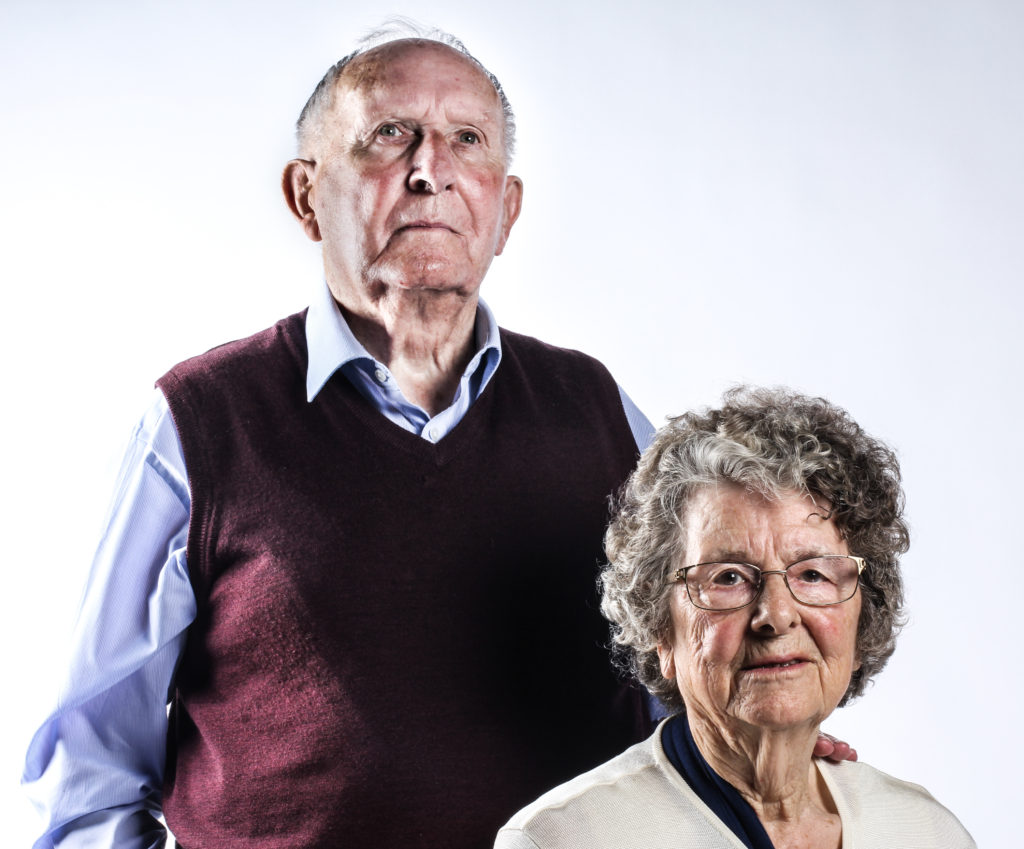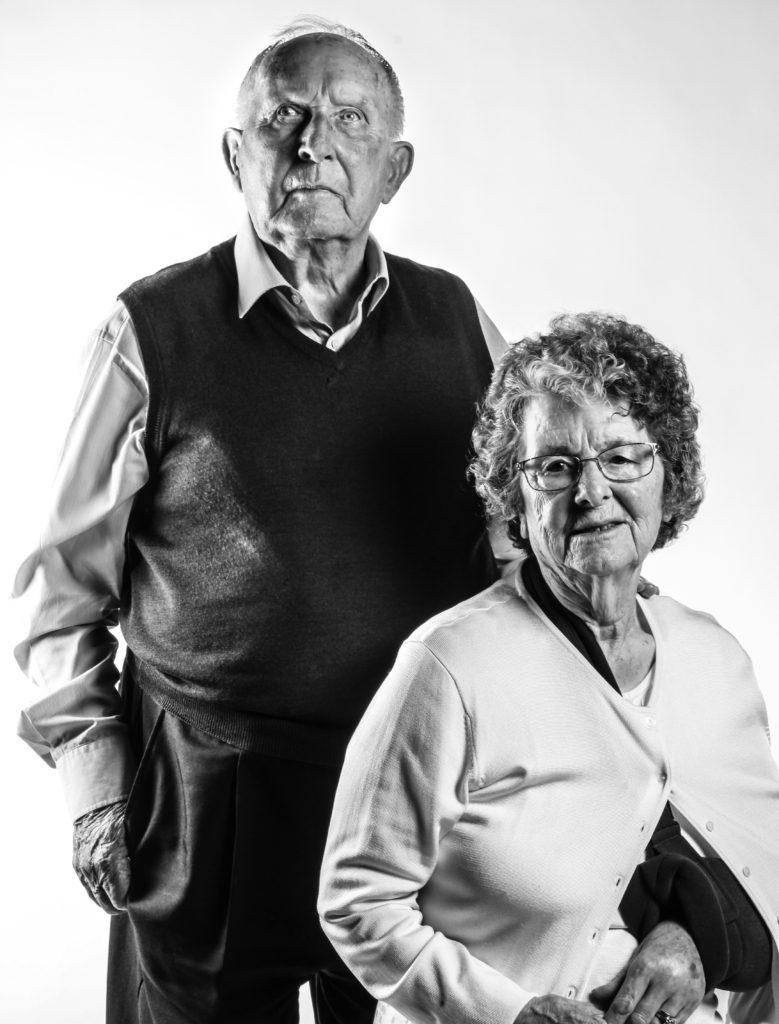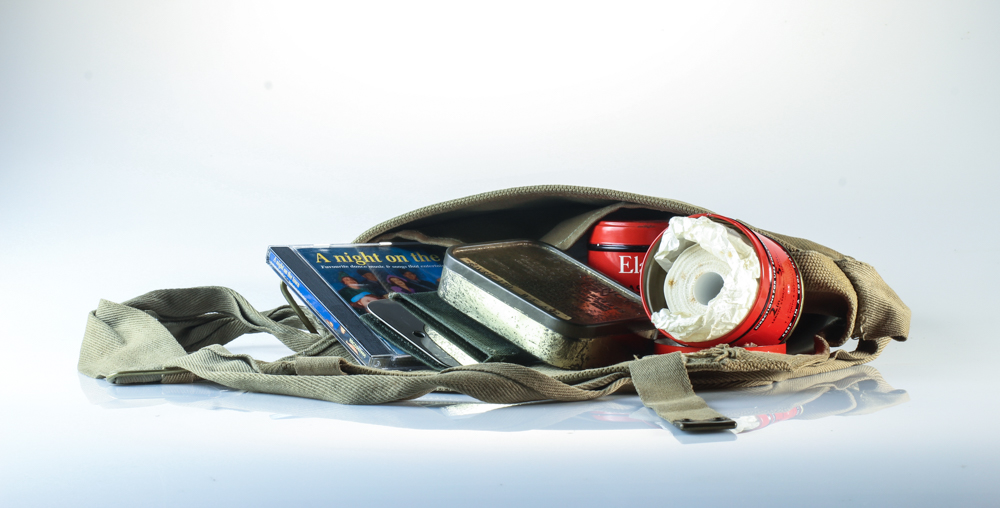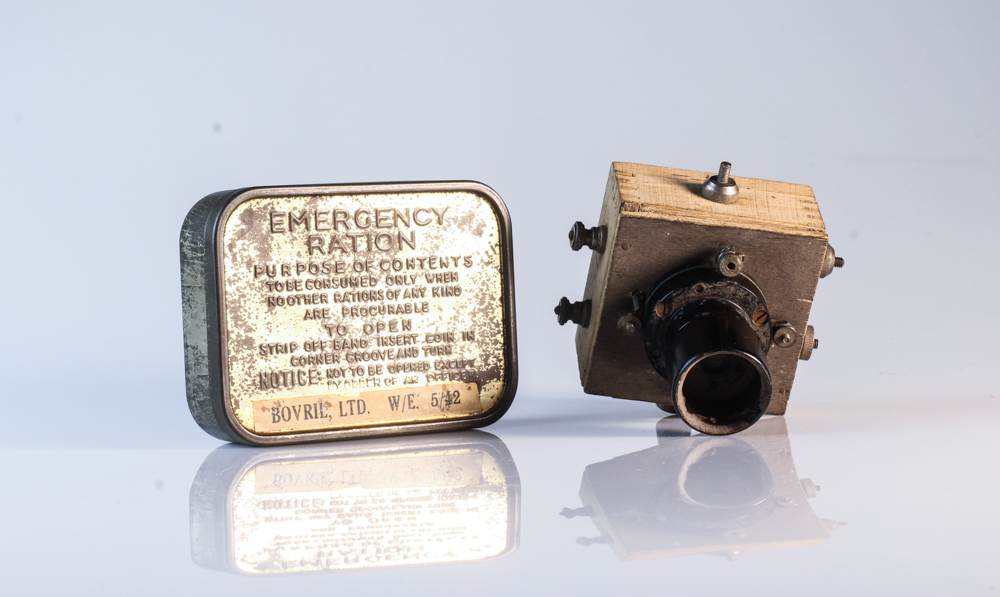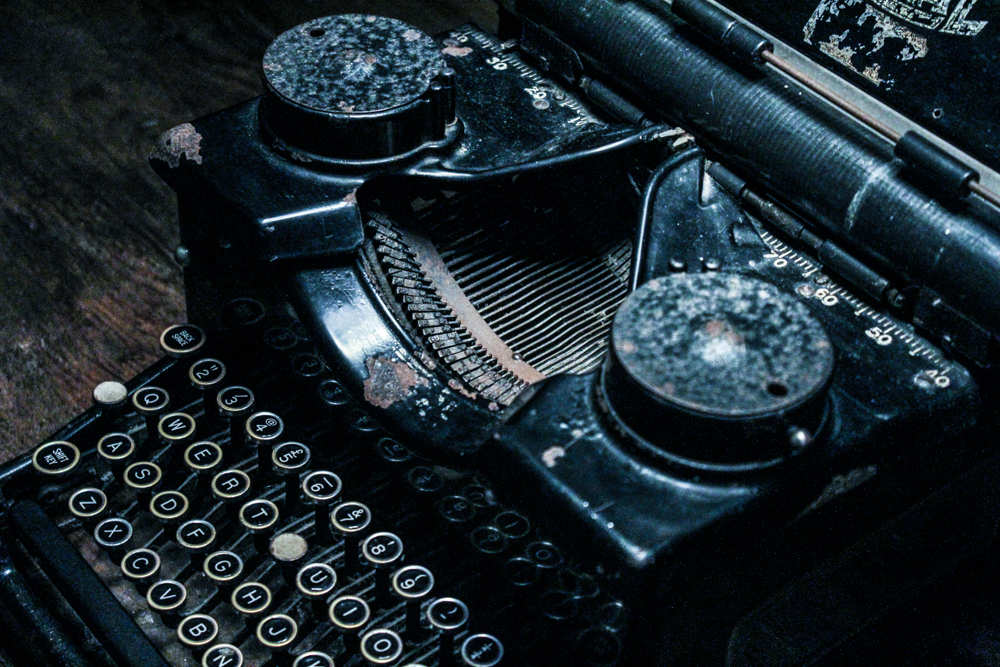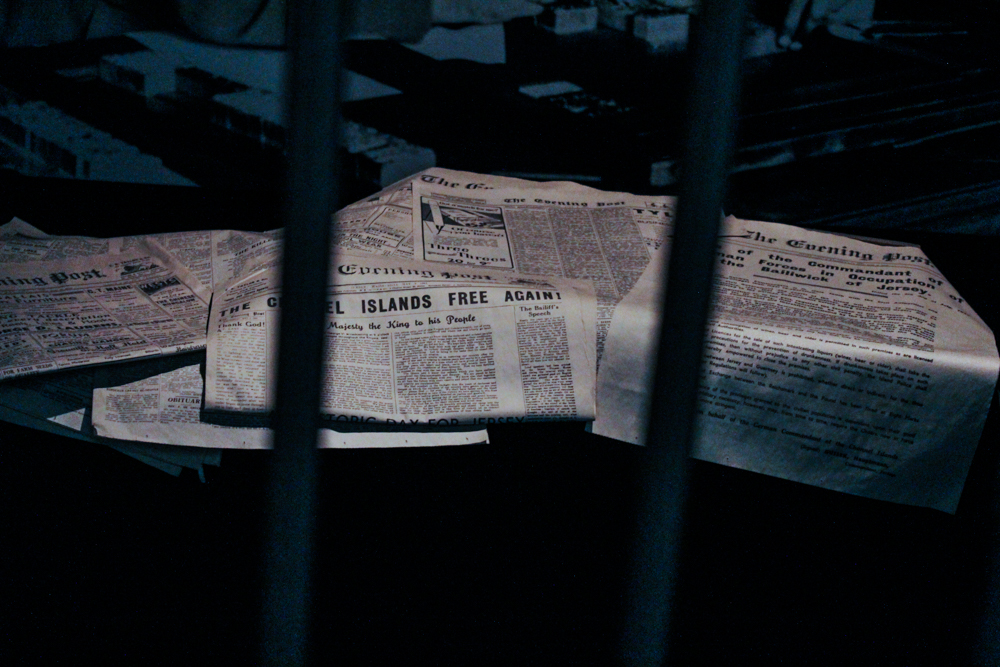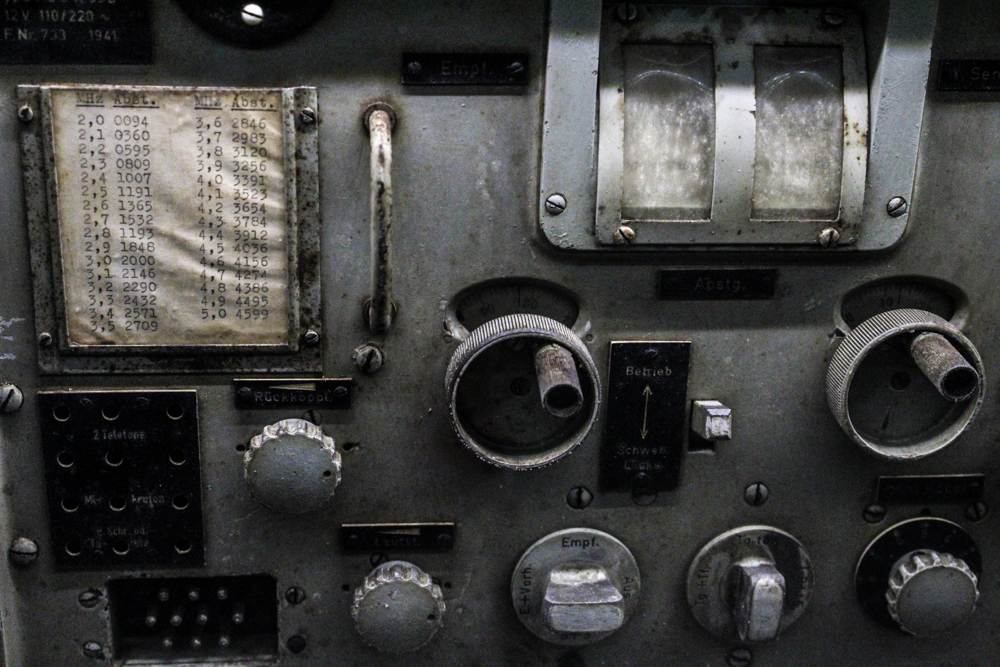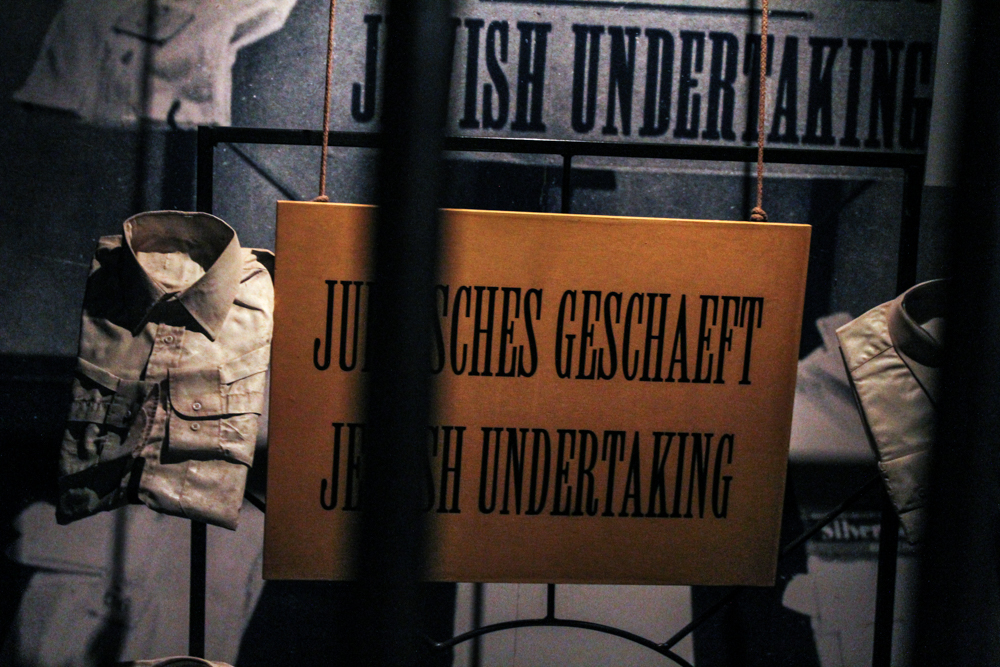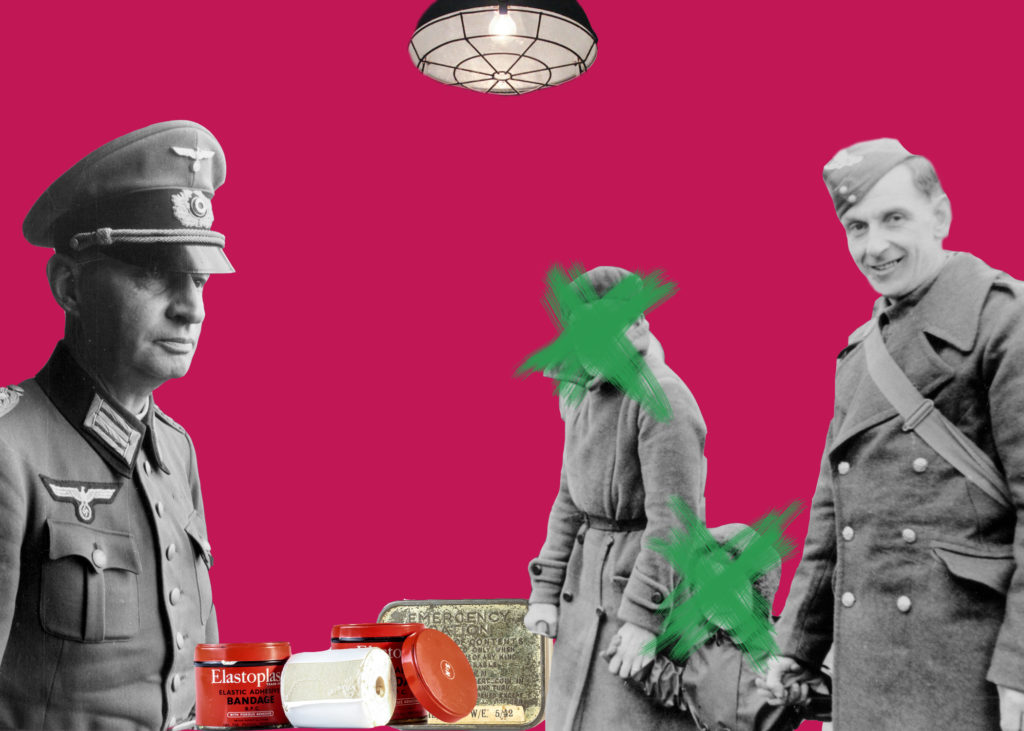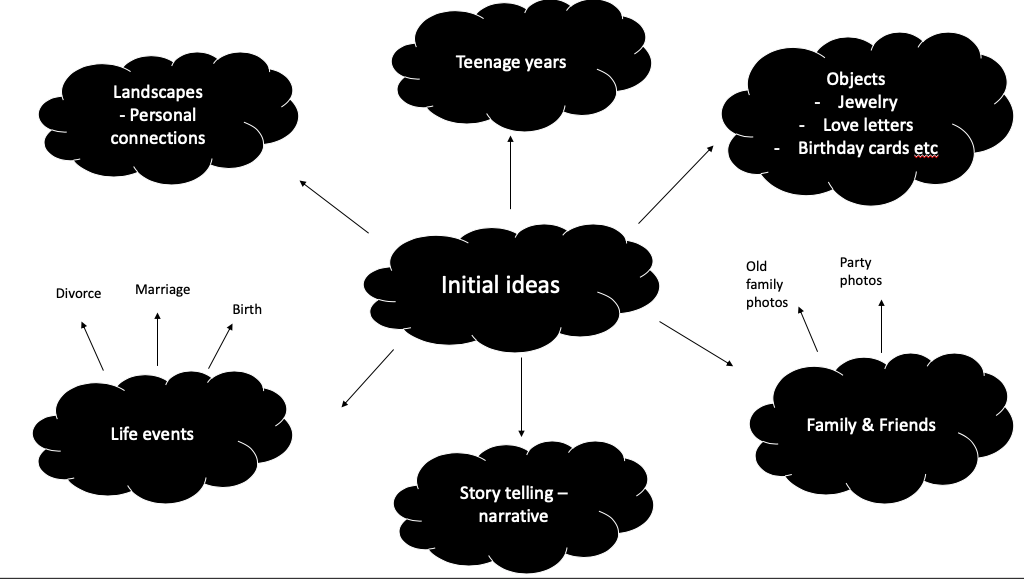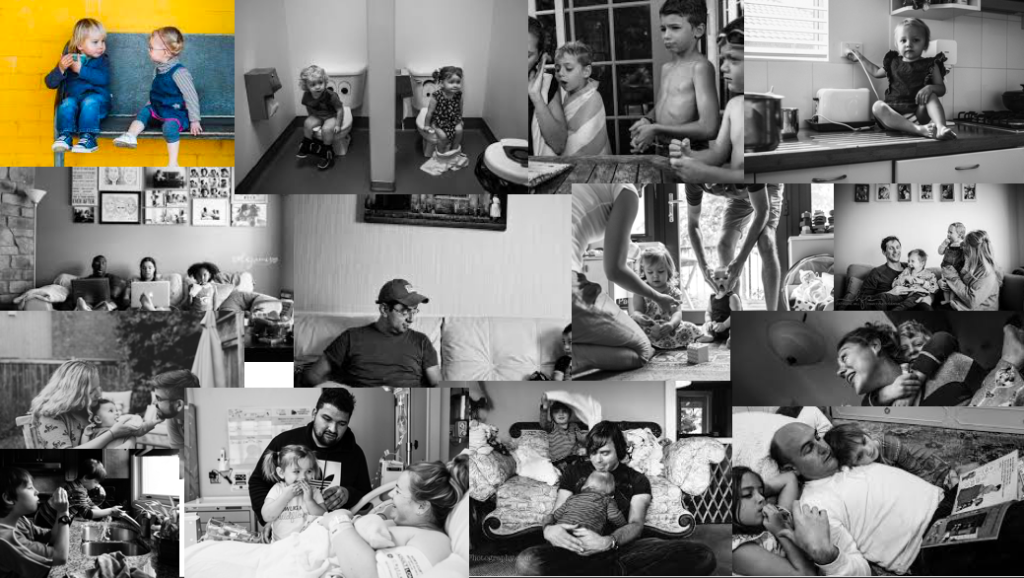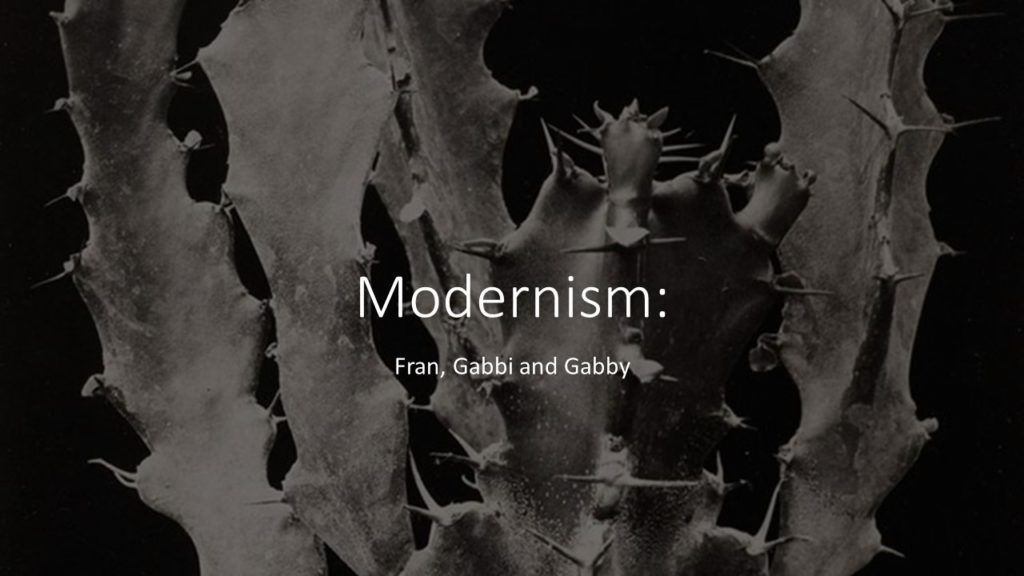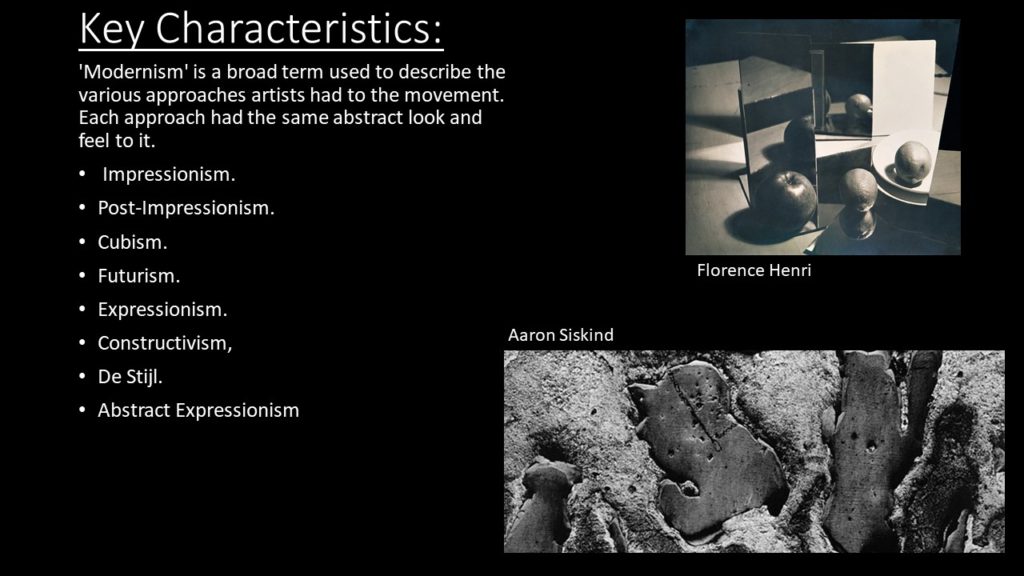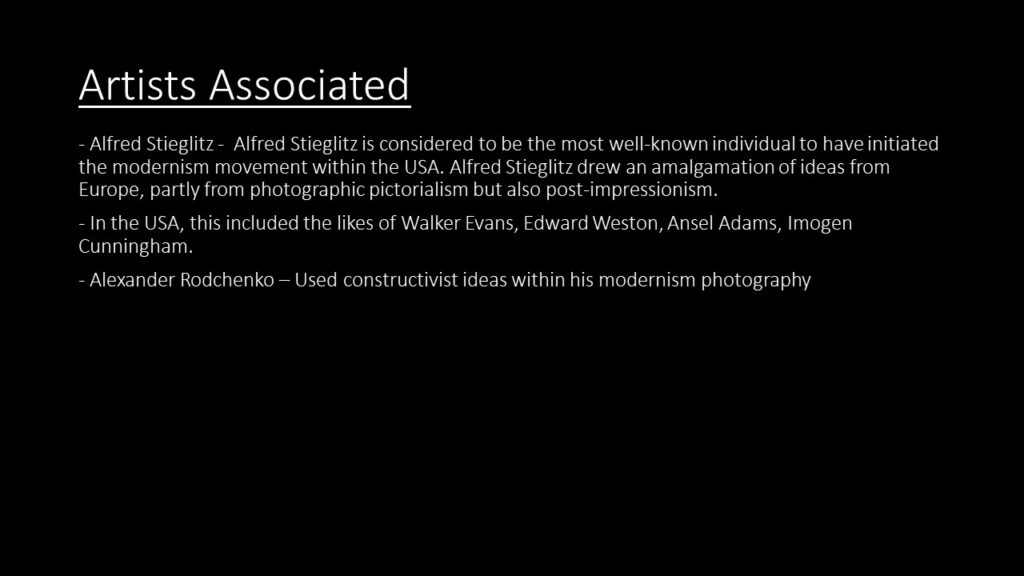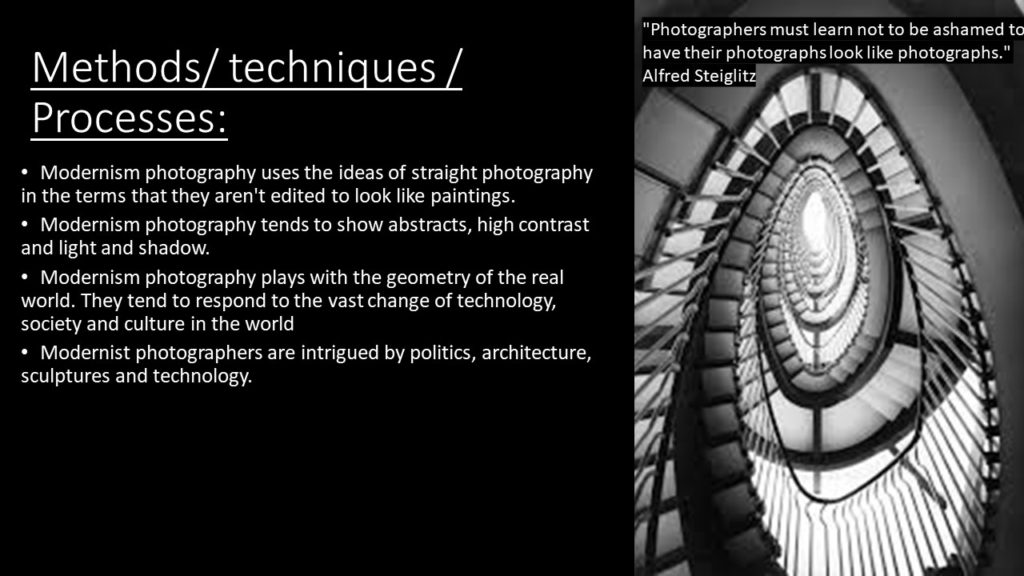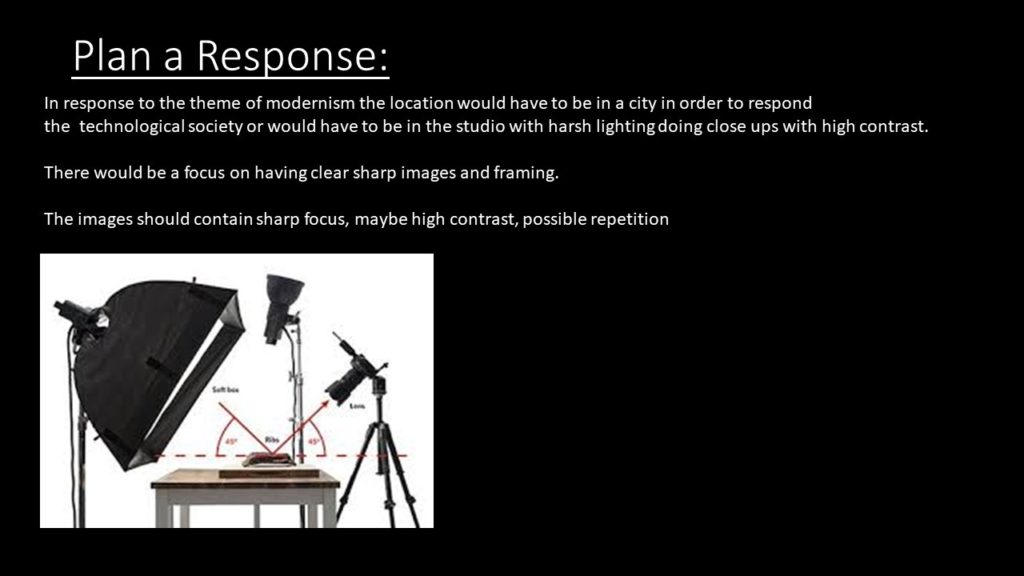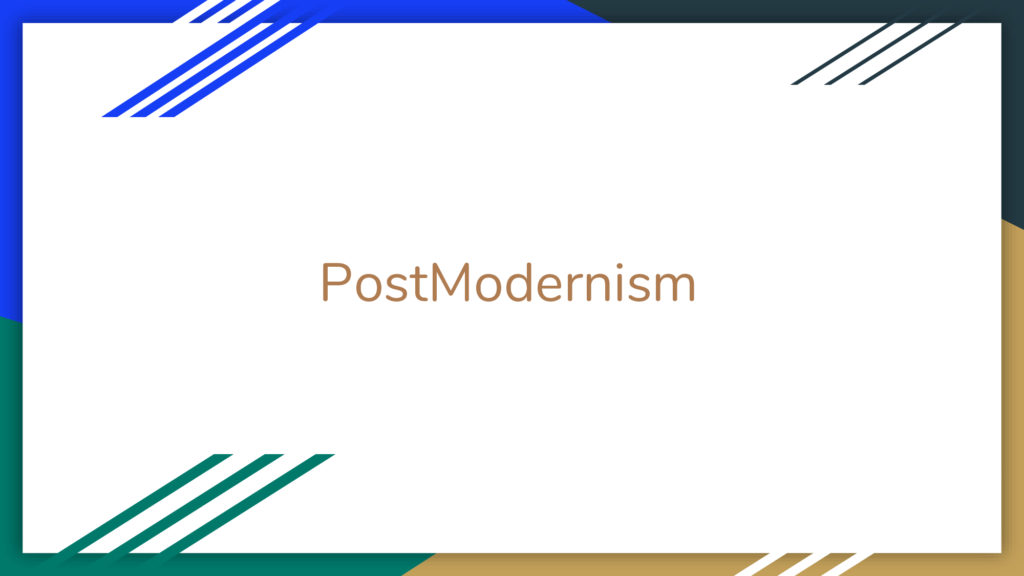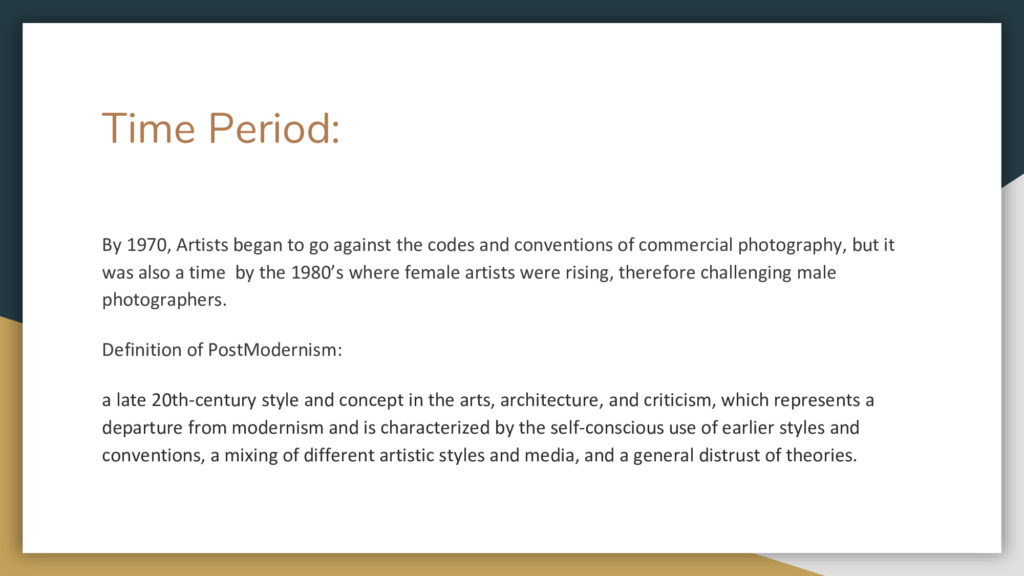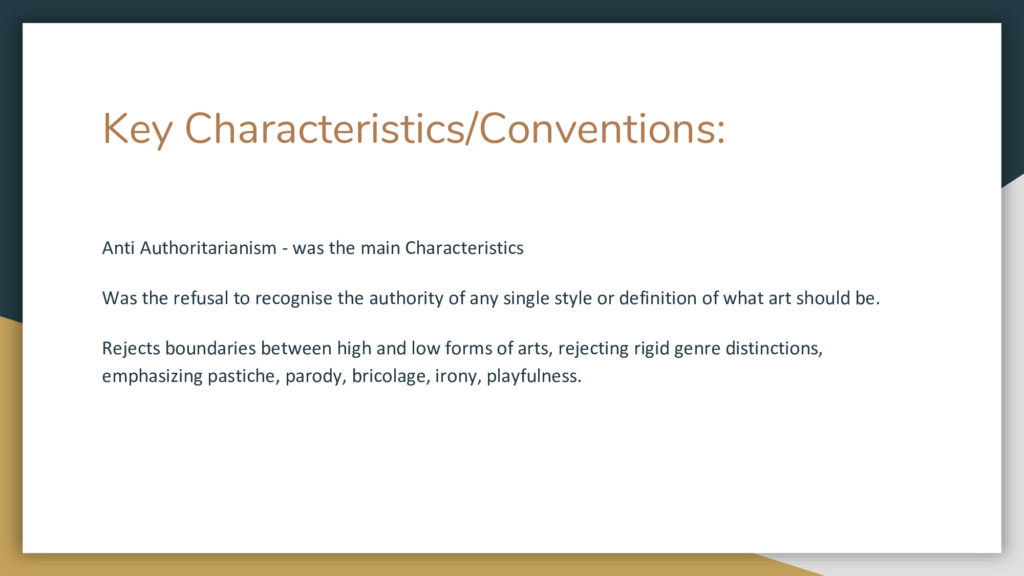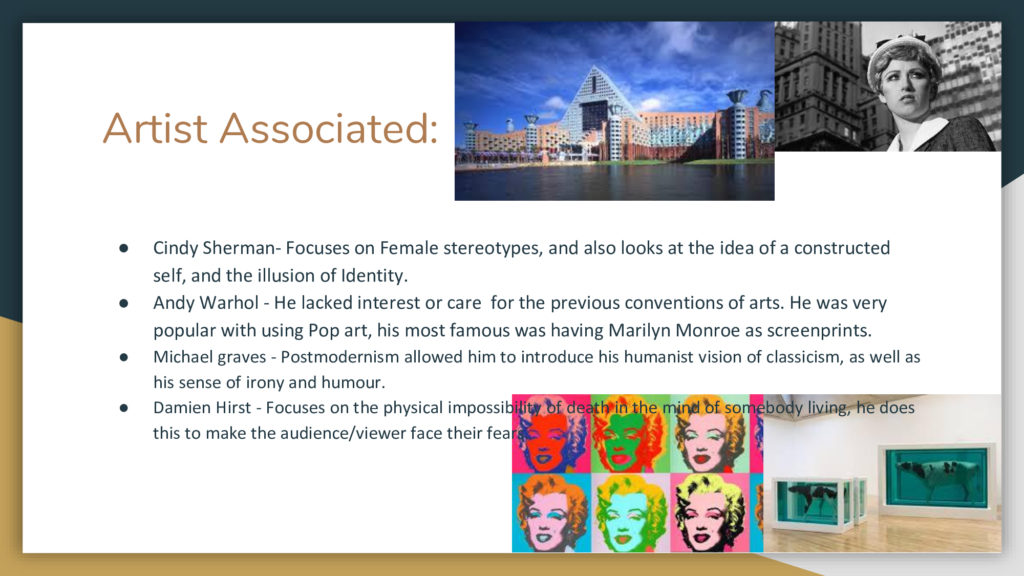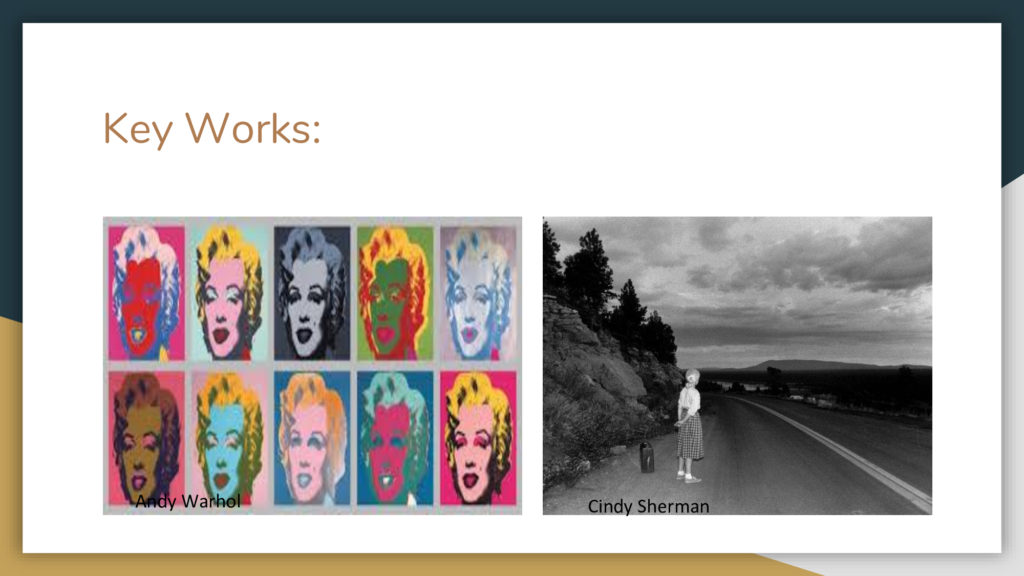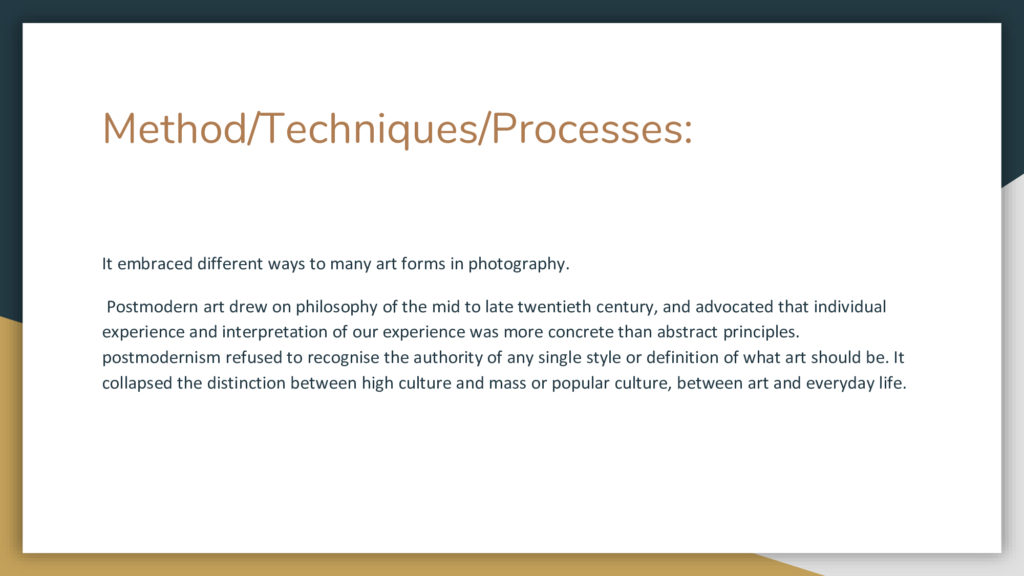We visited the jersey archives and got a real insite into what there purpose is and why , where they sore all this information. We were given a talk when we entered for about 45 minutes just going over the role of the archive and showing us some archival pieces of interest for our project. Many of these were old identification cars and red cross letters. Something interesting that i found out is that the red cross letters they were only allowed to write 25 words to there loved ones so it have to be really breef and may of these letters wern’t deviled for months after they had been written so people really didn’t know how there family and loved ones were ok or even alive.
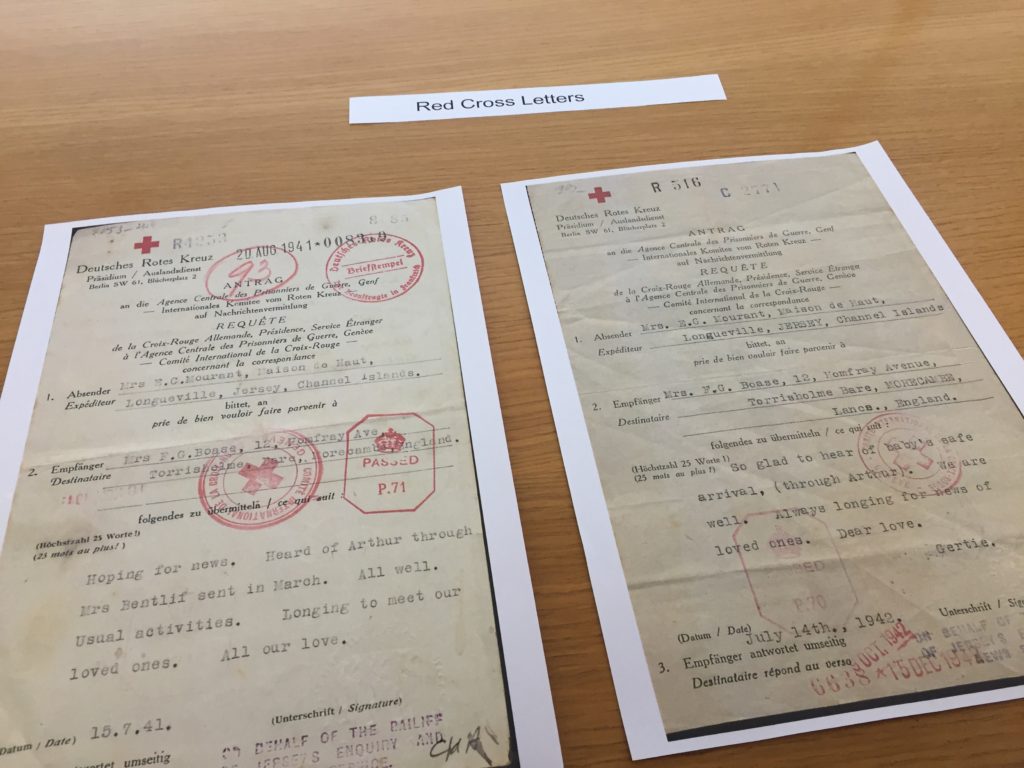
The were letters from a couple who were split apart because the war.
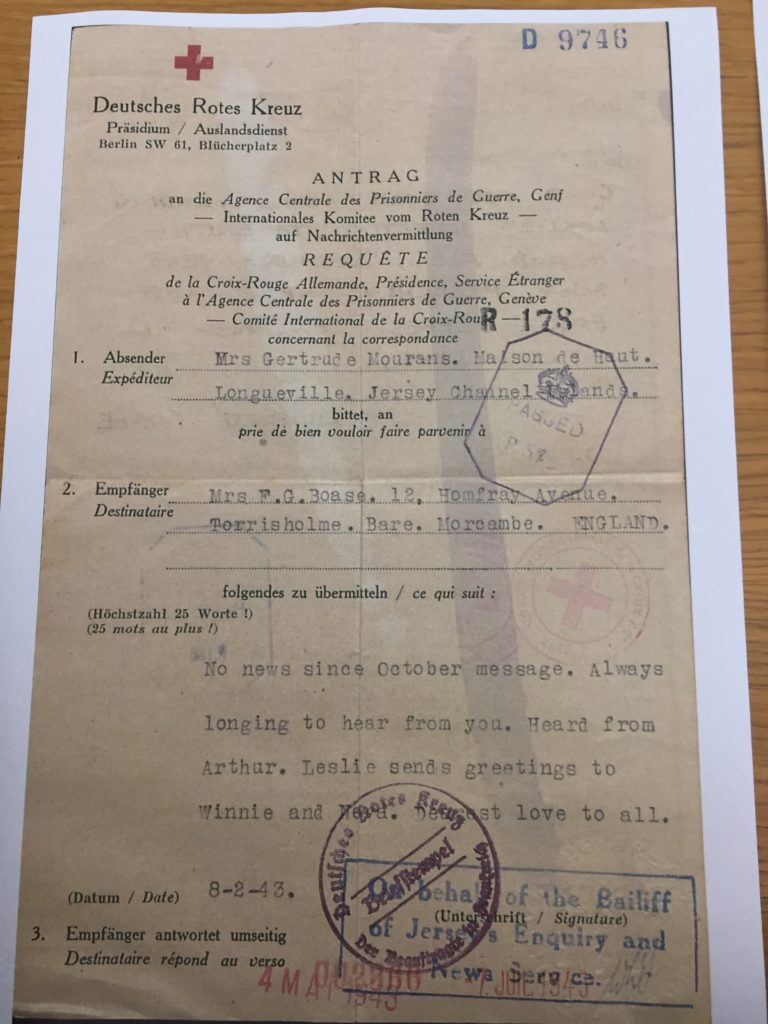
Reading these letters made me feel so sad because you can really get a first hand account of how these people were feeling even through so little words. I shows you how people still had hope and would still keep writing these letters even if there was no reply of the receiving end.
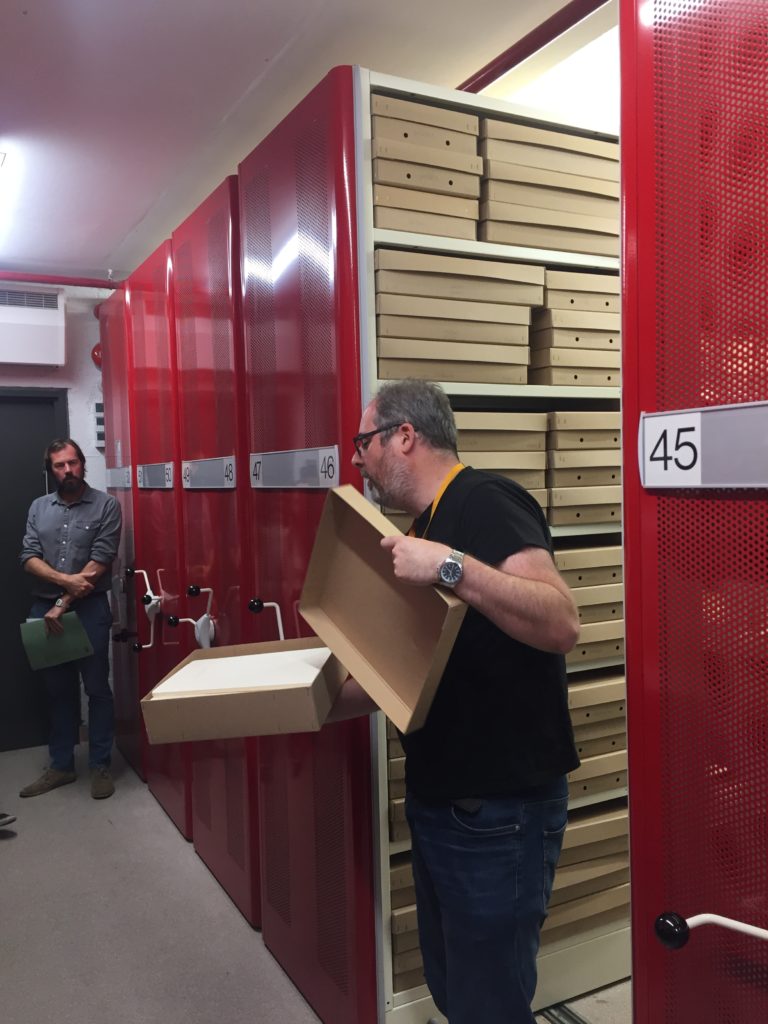
Were were then given a tour of the archive building complex shown how there archives were stored and kept away. In the archives there weren’t just records related to the war there were many other types. They just keep any sort of information they deem valuable to history. Some examples of archival pieces they keep are birth certificates, death records, law agreements, maps.

They are all coded in different cardboard boxes with boxes containing the relevant information. Each section is on a slider and can be moved to open up the next section. When you walk into each archive room there is a huge blast of cold air to blast off any bacteria you are caring on you that could effect any of the documents.
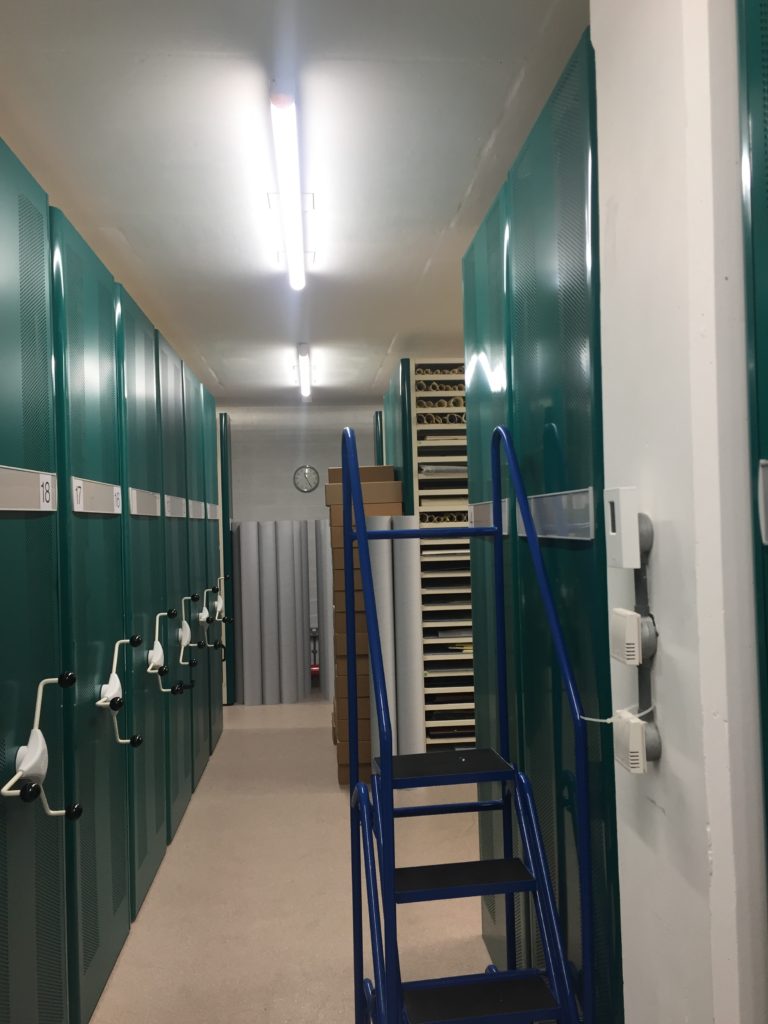
Step laders are used for documents on the top shelves so nothing gets damaged or dropped. Also the archive rooms have no widows so the sunlight cant tarnish any on the documents. Also air con is used in the document holding areas it is very cold so bacteria are unable to multiply and means none of the documents will be damaged as a result of this.
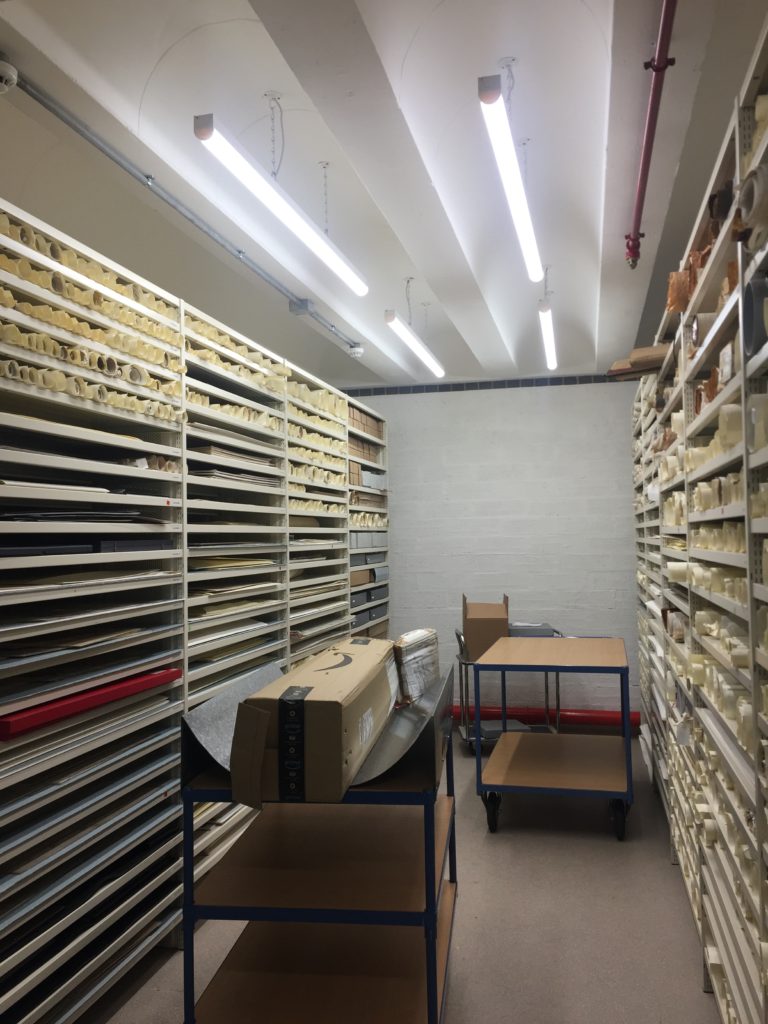
They have many items coming in daily so the sorting and filing away process is non stop for the employees at the archive. A lot of pieces they are given have to be restored meaning that trained professional will spend time fixing and mending documents that ether are broken faded or have something wrong with them.
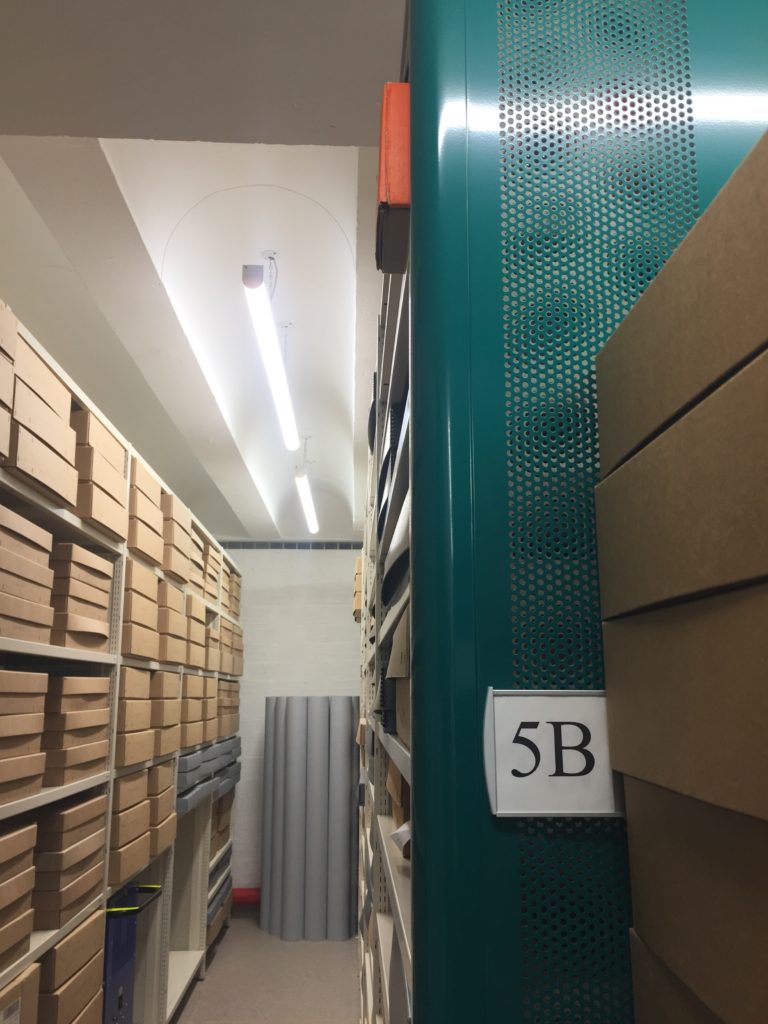
Each section in closed by a metal real that is turned manually. The sections that are left open are ones that are being used or awaiting arrivals of new documents to go in them.
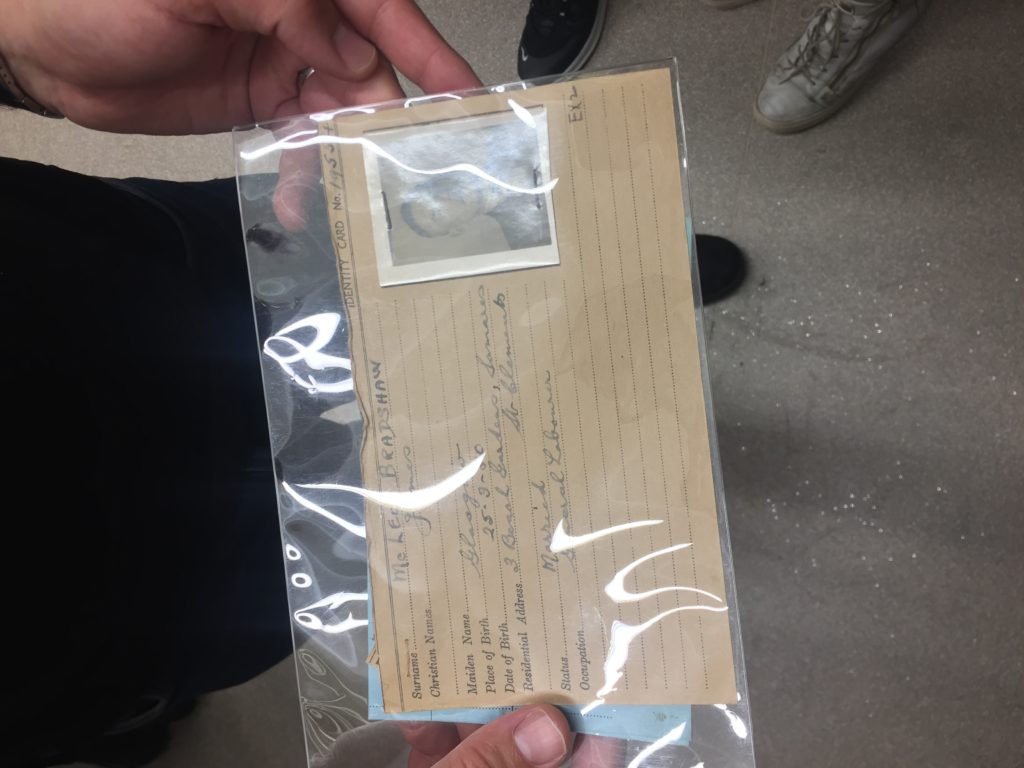
There were many ID cards from the war many people who lived and died in the war these were kept in the archive. Many people have found out long lost relatives through these archives a lot of people make use of them when retracing there family history or making family trees
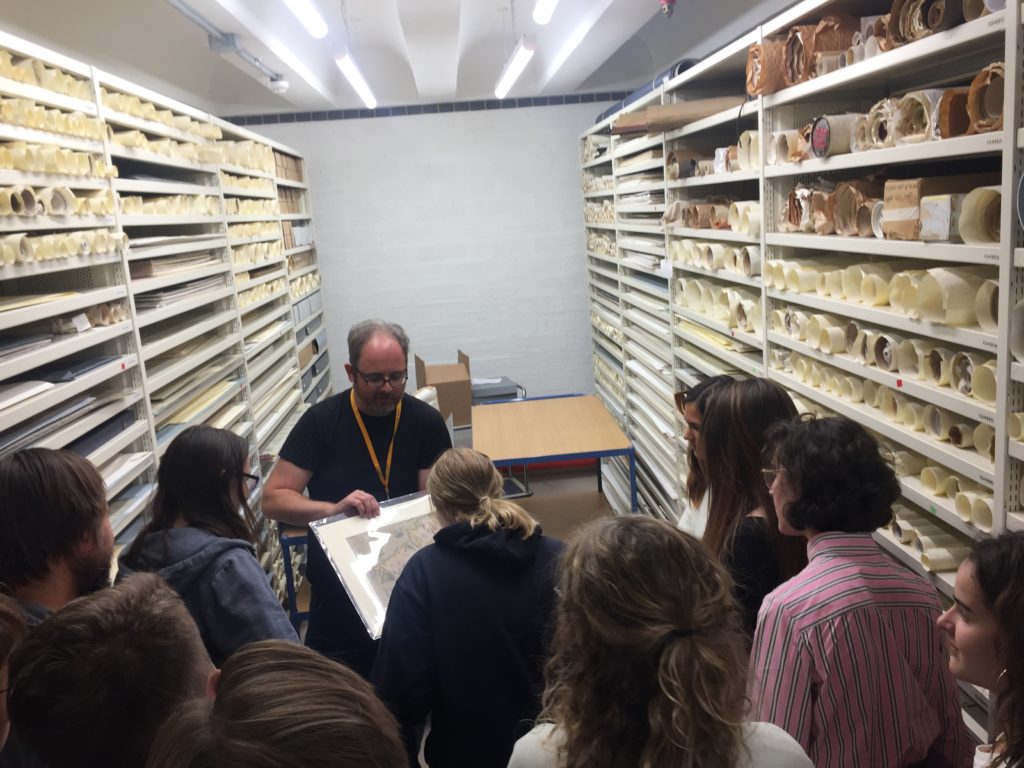
When entering the different room in the archives we were given the change to look more up close and personal as some of the archives most valuable pieces and the ones that link the best with our project. We were show some amazing art works and shown that they are actually pieces that the law was written on them.
